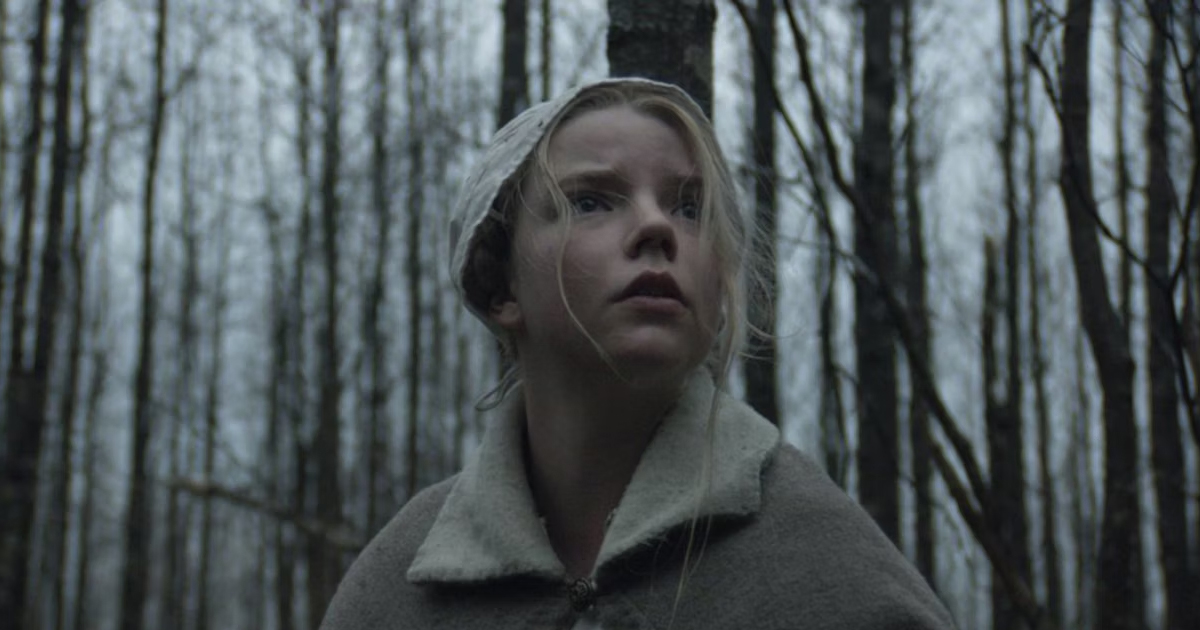He Was Among The 325 First Class Passengers
The Titanic carried the who’s who in the world to sail from Southampton, England, to New York City, USA. Among the elite was Jacob Astor IV, and his story is told here.
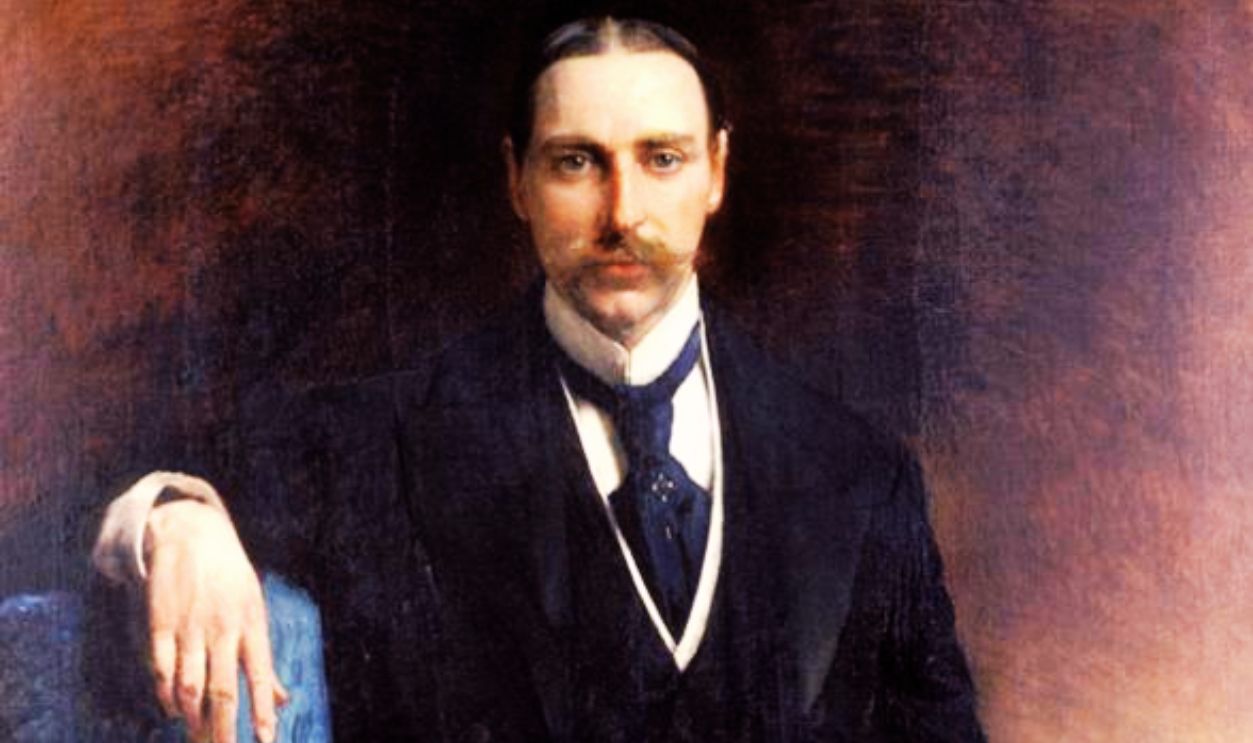
A Wealthy Beginning
John Jacob Astor IV was born on July 13, 1864, in Rhinebeck, New York. He was the fourth child of William Backhouse Astor Jr and Caroline Webster Schermerhorn, prominent members of New York’s elite. From birth, all Astor knew was luxury and privilege. He wanted something; he got it.
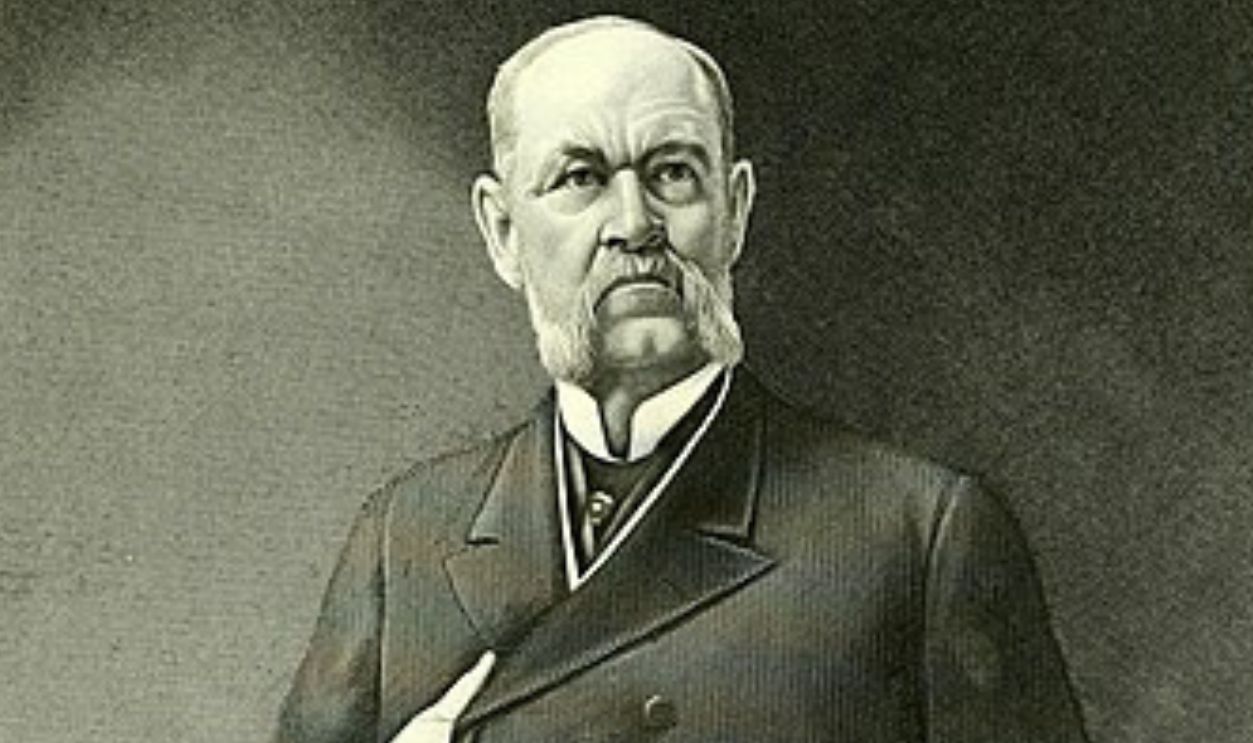 Unknown author, Wikimedia Commons
Unknown author, Wikimedia Commons
The Wealth Went Way Back
His lineage is traced back to John Jacob Astor, the family patriarch who made his fortune in fur trading and real estate. The younger Astor grew up in opulent mansions, surrounded by art, culture, and the finest education money could buy. The Astor family name was their ticket to American aristocracy.
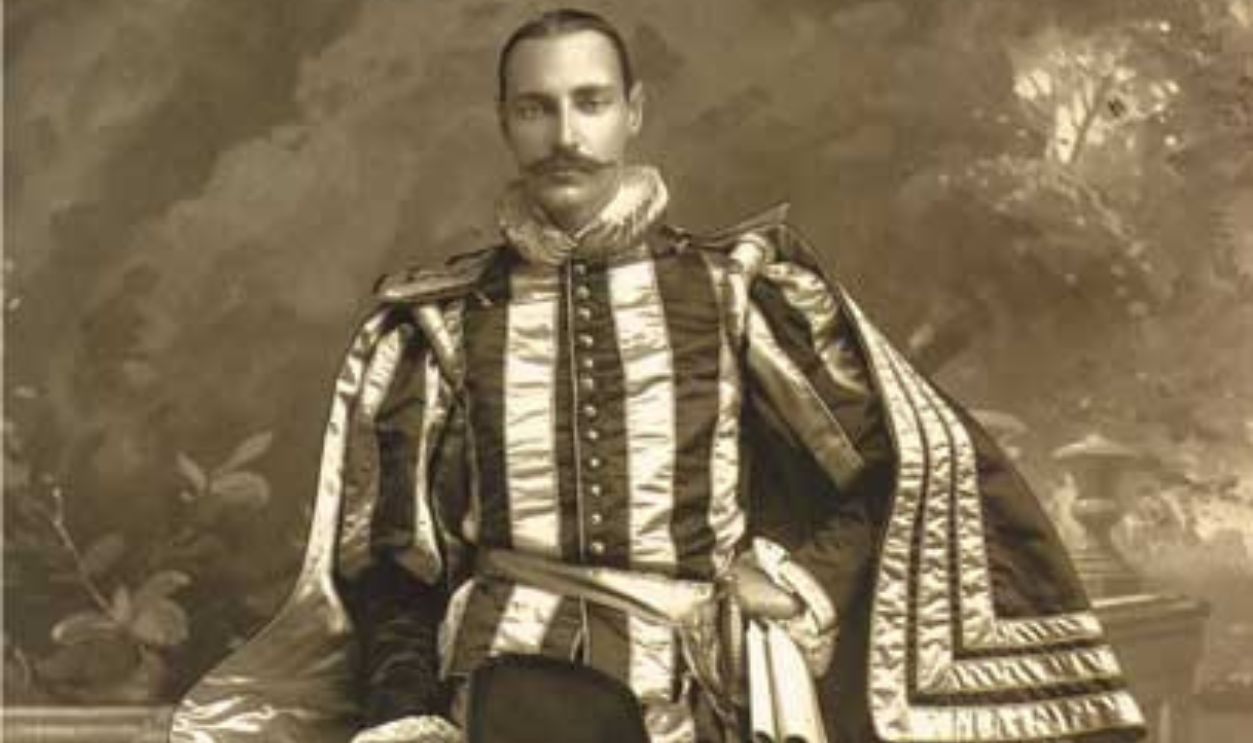 Unknown author, Wikimedia Commons
Unknown author, Wikimedia Commons
An Early Taste For Innovation
As a child, Astor demonstrated an insatiable curiosity. His curiosity leaned towards invention. He’d spend hours tinkering with mechanical devices, and his creativity later blossomed into practical innovations. This included a bicycle brake and a turbine engine. This was where his intellect and entrepreneurial spirit shone brightest.
 Bain Collection, Wikimedia Commons
Bain Collection, Wikimedia Commons
He Took A Different Route
Unlike his contemporaries, who often pursued art or philanthropy, Astor was more of a science and engineering geek. His fascination with technology set him apart from his siblings. Undoubtedly, it marked him as a visionary in an era of rapid industrial growth. This passion for invention foreshadowed his later success.
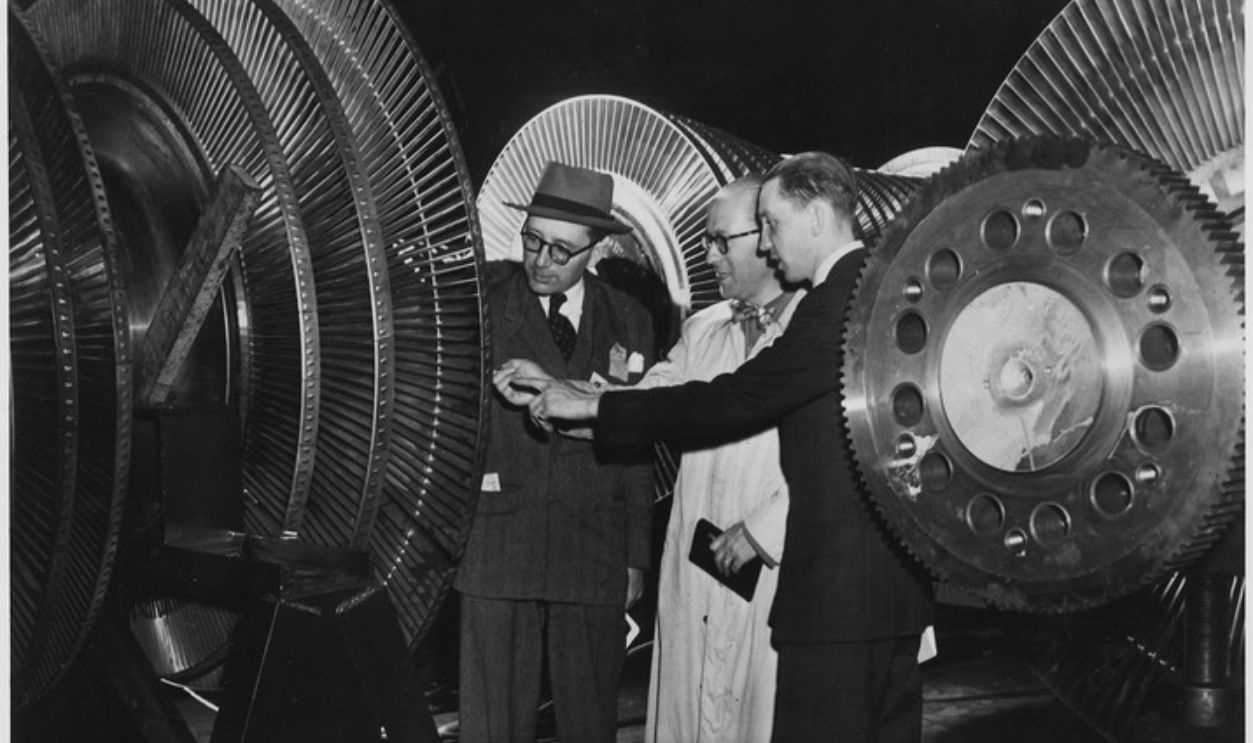 National Archives at College Park, Wikimedia Commons
National Archives at College Park, Wikimedia Commons
Siblings And Family Dynamics
Do you know that your childhood shaped who you grew up to be? So, let’s see where Astor grew up. He had five siblings, each unique in their own right. His brothers, William and Henry, pursued careers in business, while his sisters, Emily, Helen, and Caroline, became high society.
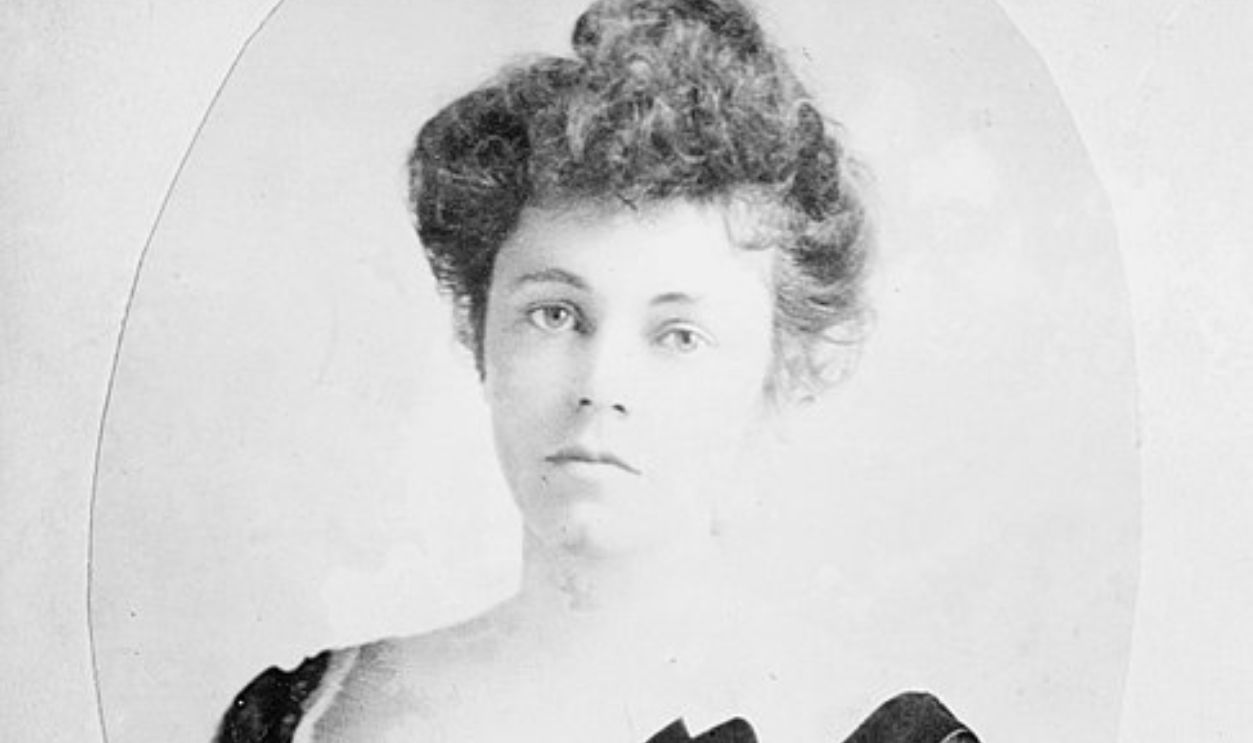 Bain News Service, Wikimedia Commons
Bain News Service, Wikimedia Commons
Family Ties Were Strong But Often Competitive
Among the siblings, Astor stood out for his charm and, of course, his ambition. His ability to blend into both social and intellectual circles made him a family favorite. Despite occasional rivalries, the Astor children maintained a united front, and this strengthened their position as New York’s preeminent family.
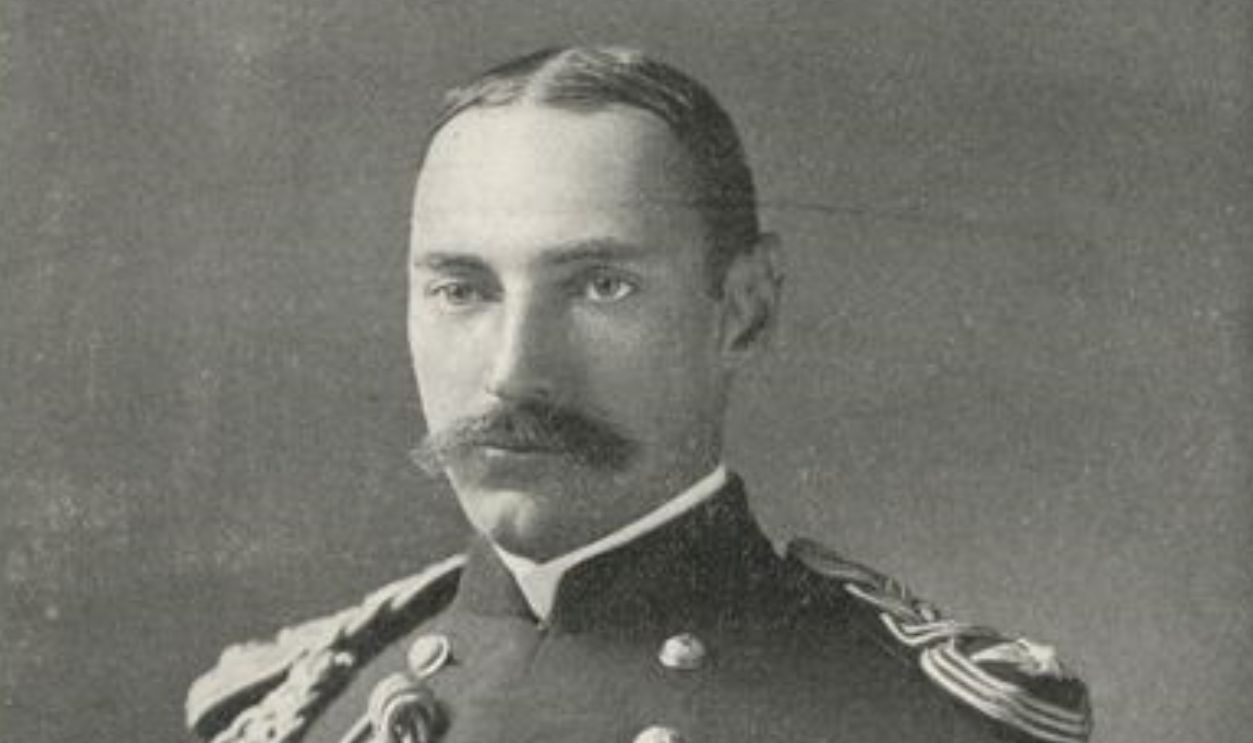 Unknown author, Wikimedia Commons
Unknown author, Wikimedia Commons
Education And Early Aspirations
Astor attended St. Paul’s School in Concord, New Hampshire, where he excelled academically. He was among the favorites in the school because of his keen intellect and inquisitiveness. From there, he went to the prestigious Harvard but left before graduating. Why, you ask?
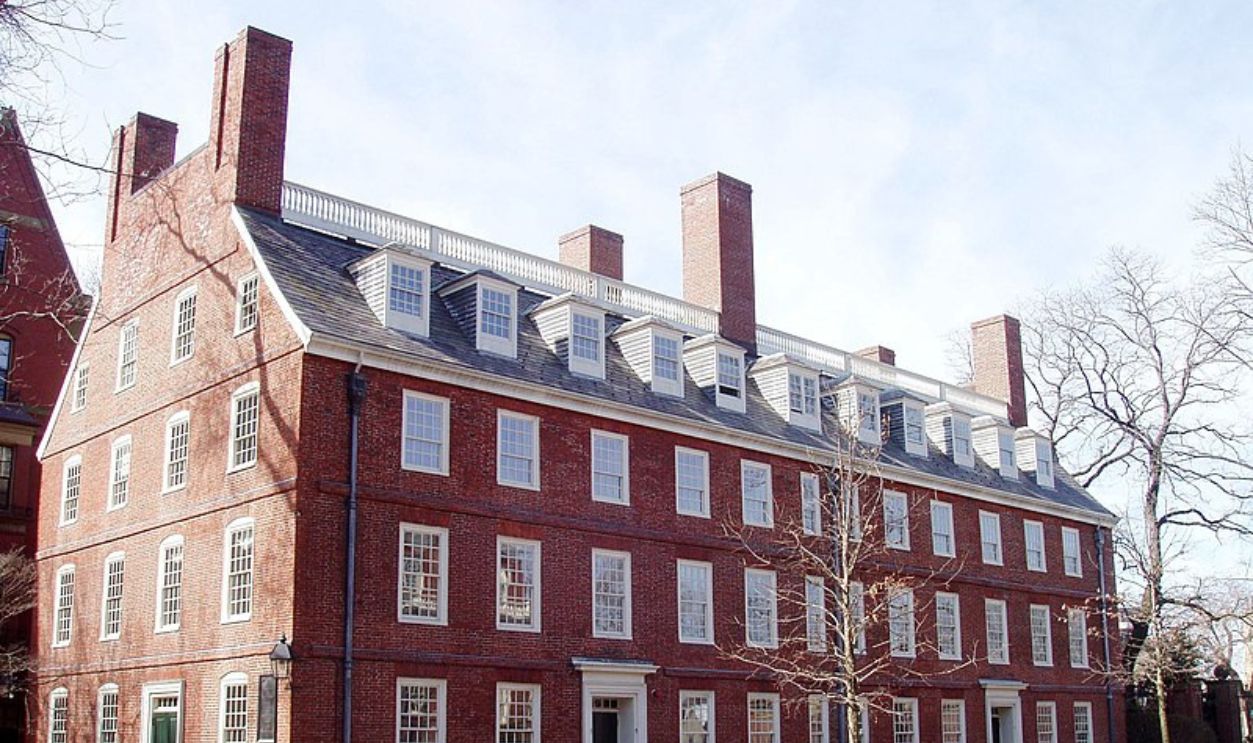 Daderot., CC BY-SA 3.0, Wikimedia Commons
Daderot., CC BY-SA 3.0, Wikimedia Commons
He Prefered Hands-On Experience To Academic Theory.
Even as a young man, Astor envisioned himself as a builder and innovator—sectors where your hands are your best asset. While his peers focused on leisure and social climbing, he was deep in practical projects. This drive is what landed him in real estate and business ventures.
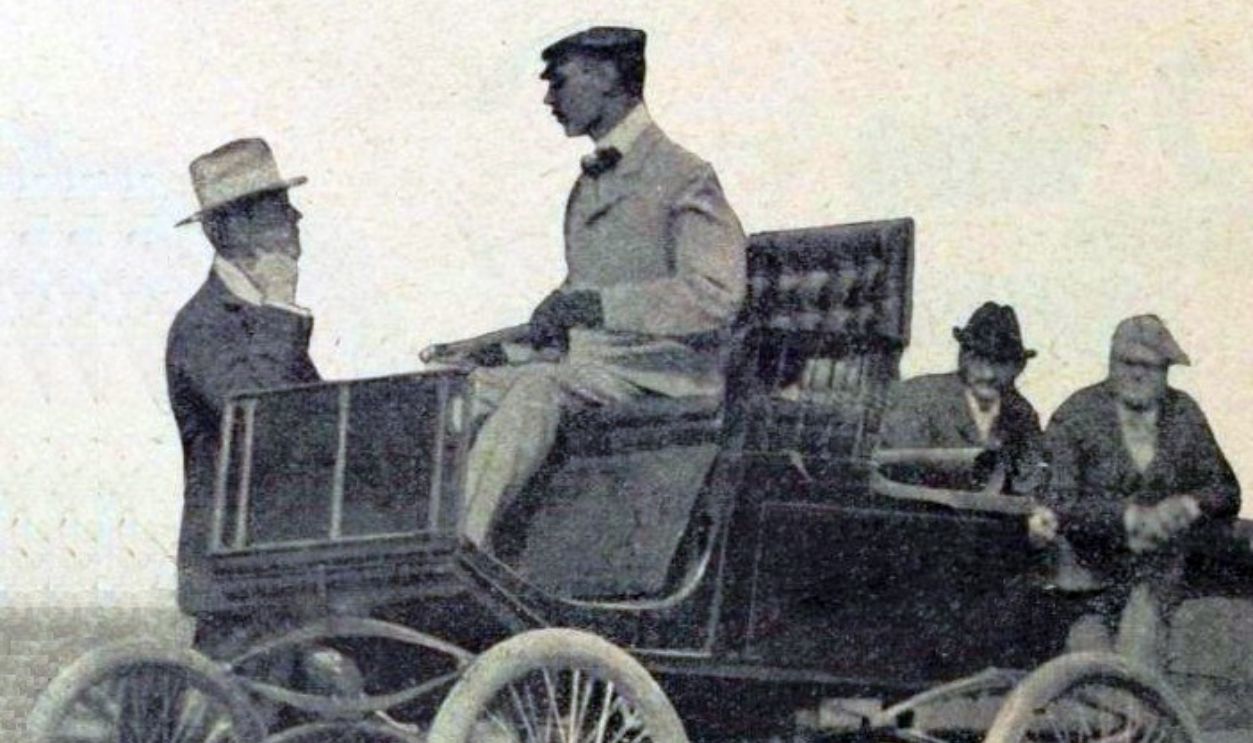 La Vie au Grand Air, Wikimedia Commons
La Vie au Grand Air, Wikimedia Commons
The Path To Real Estate Dominance
Remember we said Astor came from money? Well, it’s also apparent that the guy inherited substantial wealth. This was a plus; call it the cherry on top of the cake. Astor was successful in that his work gave him the cake. By the 1890s, he had expanded the family’s empire.
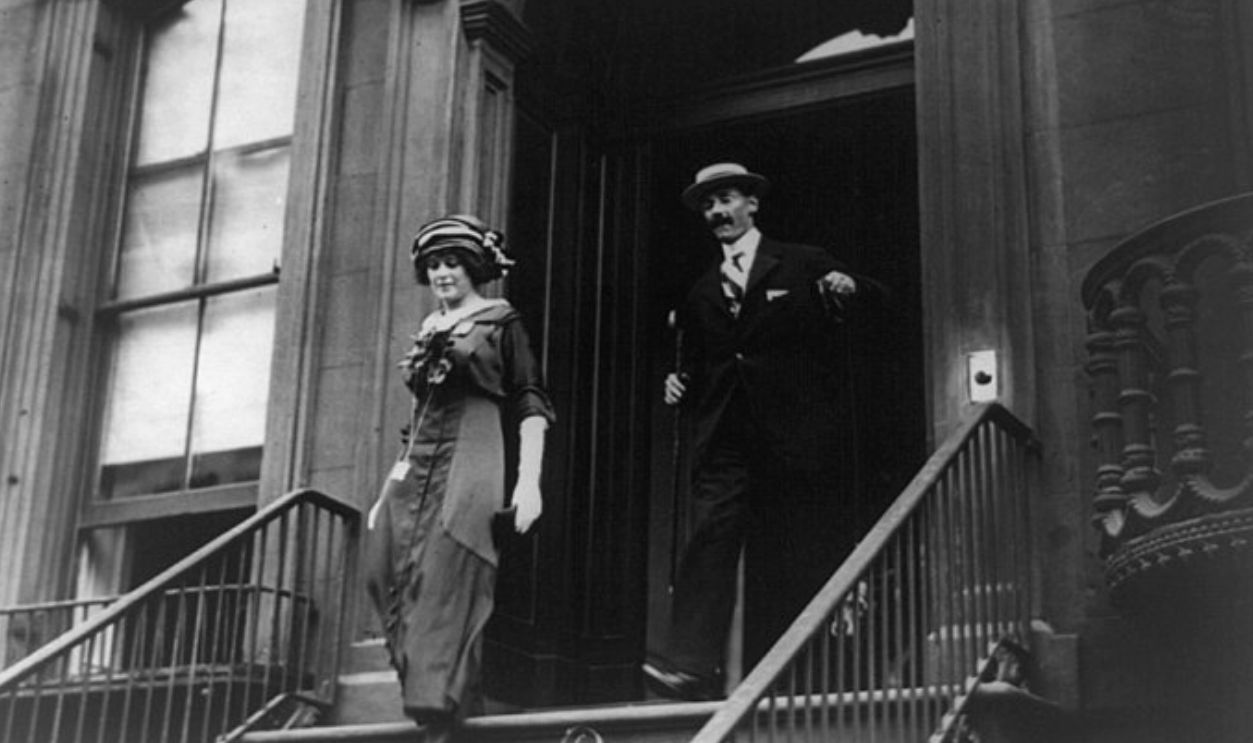 Miscellaneous Items in High Demand, PPOC, Library of Congress, Wikimedia Commons
Miscellaneous Items in High Demand, PPOC, Library of Congress, Wikimedia Commons
An Elite Working For The Elite
His business plan focused on Manhattan properties, where his developments catered to the upper crust. Here, his clients expected nothing short of unparalleled luxury, class, and exclusivity. The crown jewel of his ventures was the Waldorf-Astoria Hotel, expanded in 1897. Here is the back story.
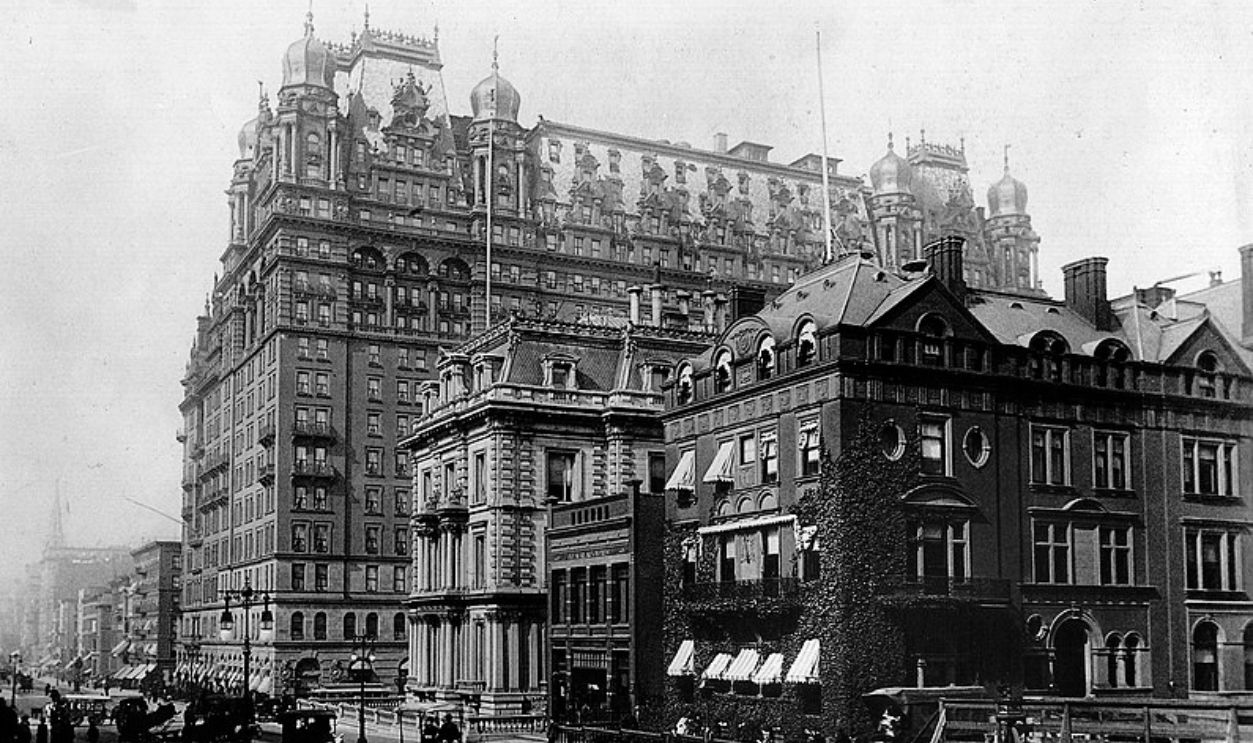 Adrian Michael, Wikimedia Commons
Adrian Michael, Wikimedia Commons
How The Waldorf-Astoria Hotel Came To Be
Astor’s family was swimming in wealth, and it showed. His cousin, William Waldorf Astor, was the one who opened the Astoria Hotel in 1893. A few years later, in 1897, Astor IV built another branch next door to his feuding relative, and they combined the two to make the Waldorf-Astoria.
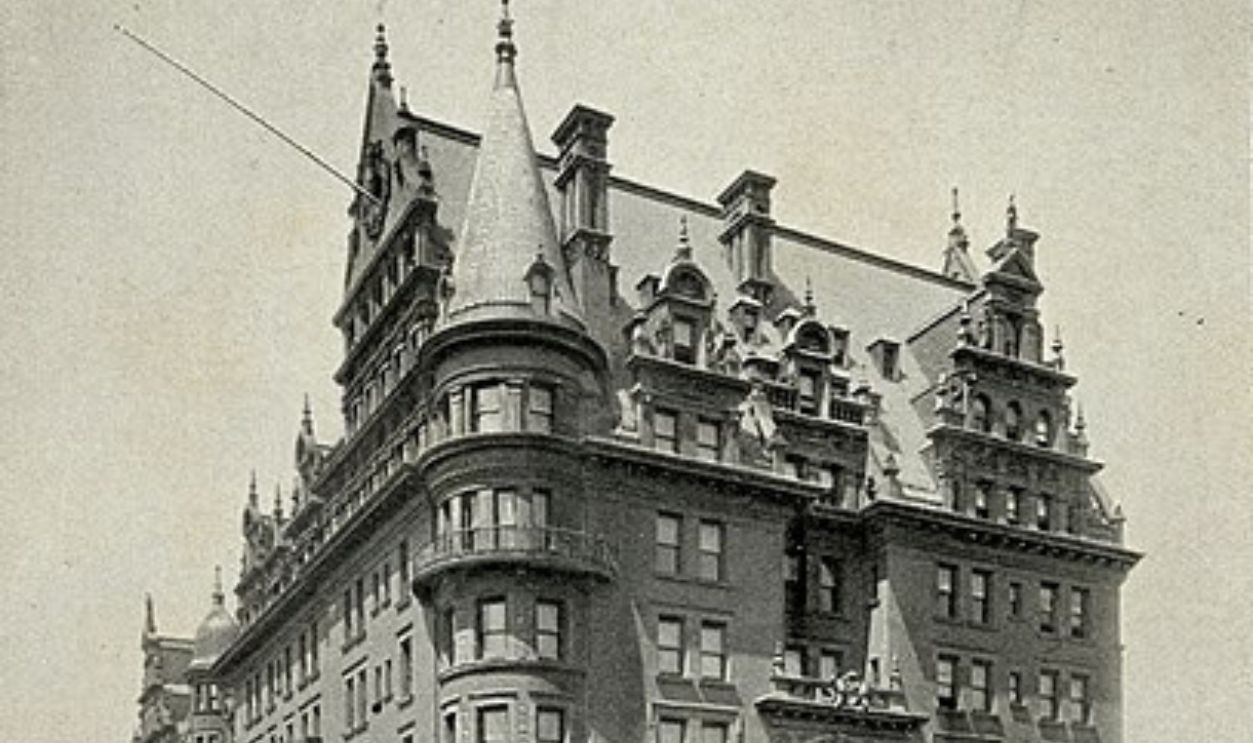 Unknown author, Wikimedia Commons
Unknown author, Wikimedia Commons
Who Was Welcomed At The Waldorf-Astoria Hotel
The hotel’s extravagant amenities set a new standard for luxury travel. We are talking about unprecedented comfort that attracts royalty, politicians, high-ranking individuals, and celebrities. Even after Astor’s death, the hotel remained a lasting symbol of his wealth and influence.
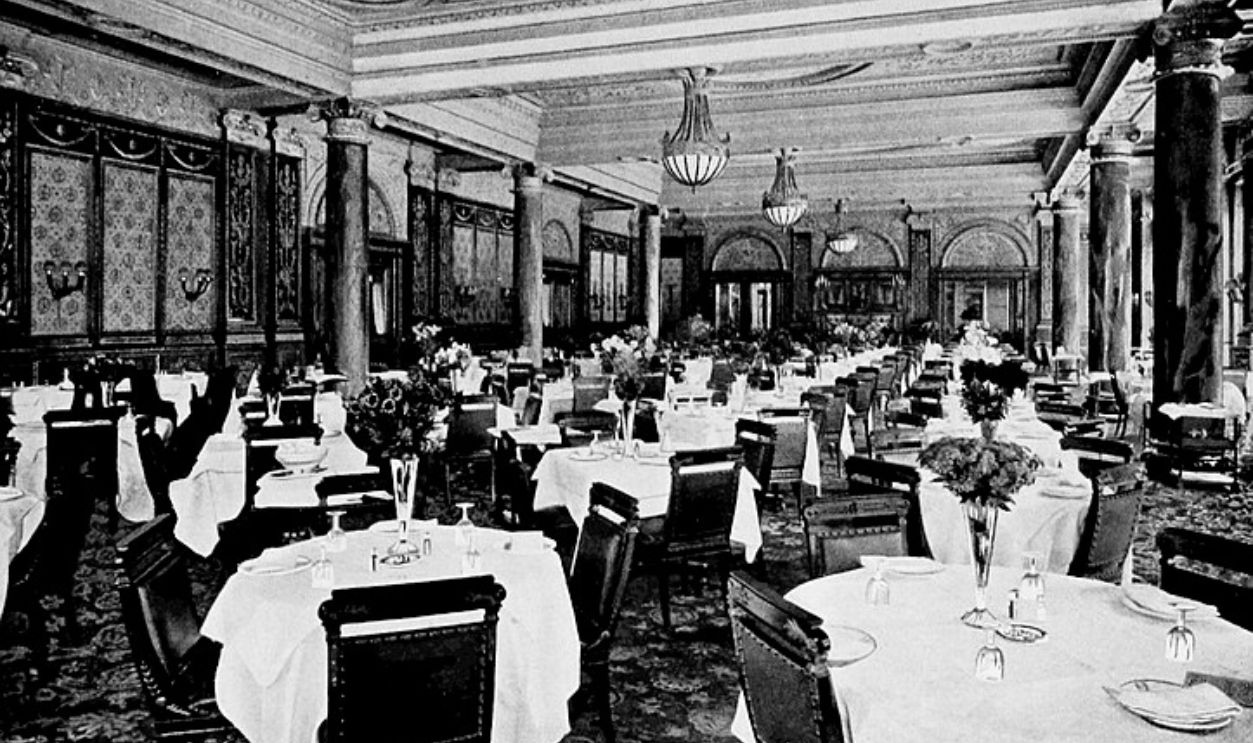 George Boldt, Wikimedia Commons
George Boldt, Wikimedia Commons
Astor’s Impact On Real Estate
Astor’s contribution to New York’s skyline is legendary. In addition to his hotel ventures, he was one of the earliest developers to transform the city’s real estate market. He pioneered the construction of upscale apartment buildings like the Astor Court Apartments that set new standards for luxury living.
 Jim.henderson, CC BY 4.0, Wikimedia Commons
Jim.henderson, CC BY 4.0, Wikimedia Commons
An Expanding Business Man
By the early 20th century, Astor was one of the most powerful property magnates in the city. His foresight in real estate investments led to his accumulation of vast properties, and this included land that would later become prime locations. His methods left an indelible mark on urban development.
 Unknown author, Wikimedia Commons
Unknown author, Wikimedia Commons
A Love For Adventure
Astor also loved adventures—he traveled extensively, exploring remote regions and immersing himself in different cultures. His 1894 novel, A Journey in Other Worlds: A Romance of the Future, reflected his fascination with the unknown. It imagined life on other planets. His travels were more of a stone, two-birds kinda arrangement.
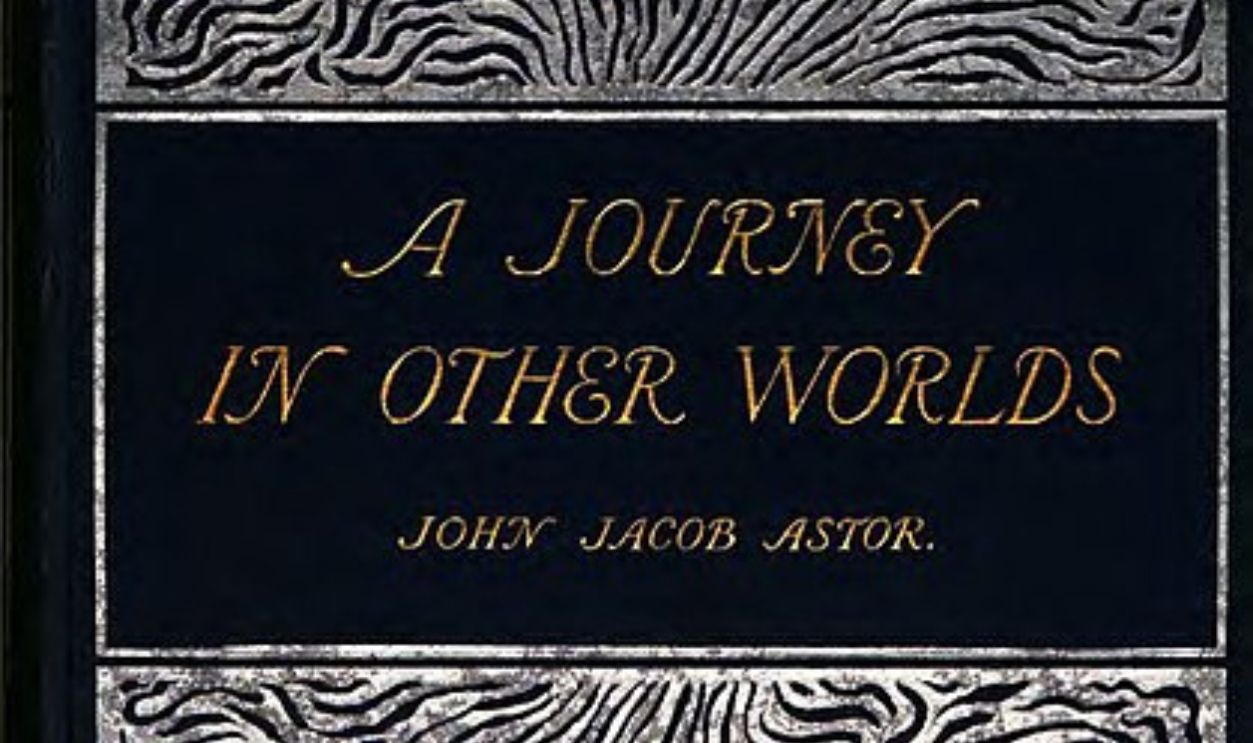 John Jacob Astor IV, Wikimedia Commons
John Jacob Astor IV, Wikimedia Commons
They Inspired His Businesses And Innovations
Whenever Astor was away, he often sought inspiration for his inventions and business projects from his surroundings. He would do this everywhere: Whether trekking through the Alps or sailing the Mediterranean, he approached every journey with the same curiosity. He got patents for a bicycle brake and a turbine engine.
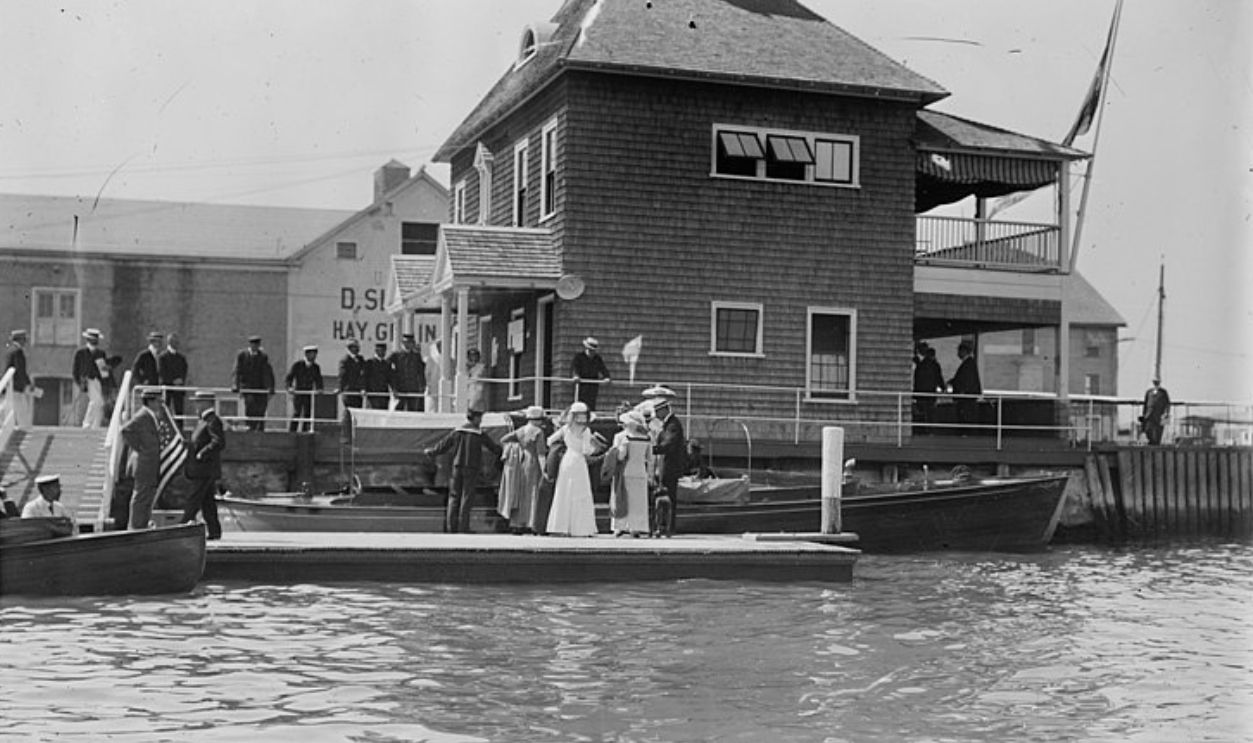 Bain News Service, Wikimedia Commons
Bain News Service, Wikimedia Commons
The First Marriage
In 1891, Astor married Ava Lowle Willing, a Philadelphia socialite known for her beauty. Their union was initially seen as a perfect match, where two of America’s most prestigious families became one. They had two children: Vincent and Ava Alice.
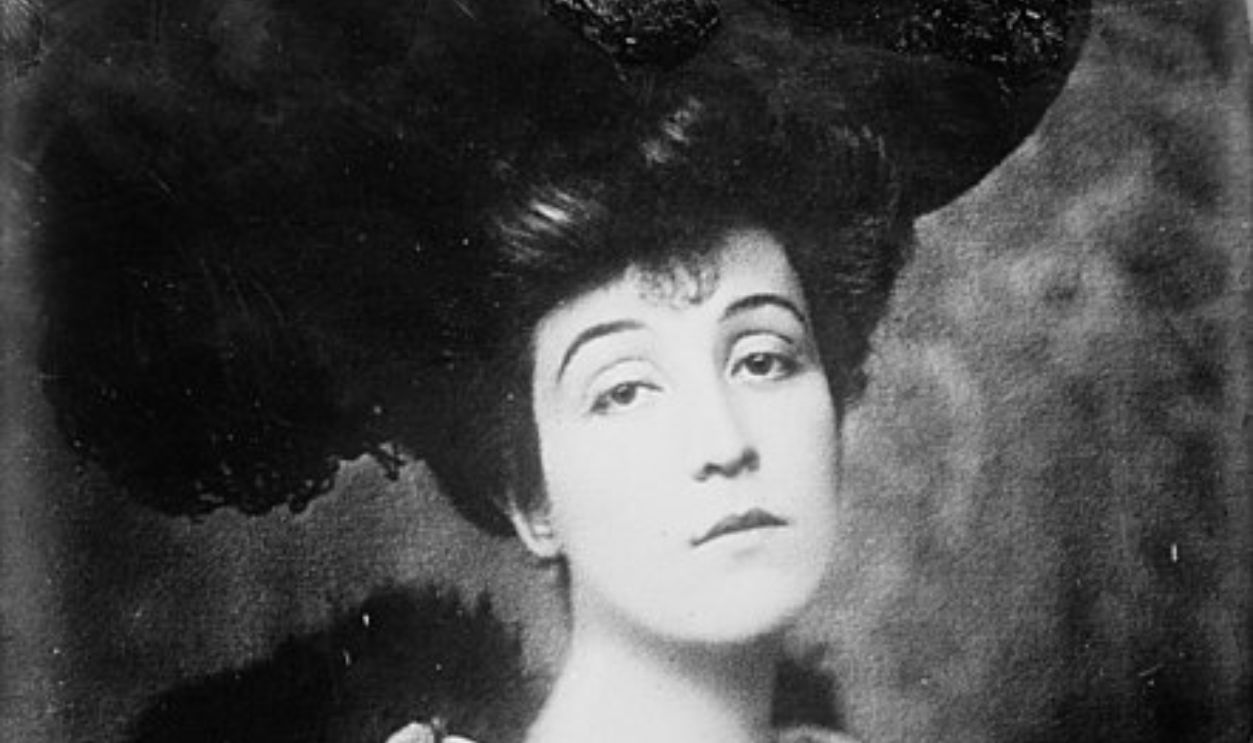 Bain News Service, Wikimedia Commons
Bain News Service, Wikimedia Commons
Trouble In Paradise
Unfortunately, the marriage grew strained over time. Astor’s demanding work schedule and Ava’s desire for independence created friction. By 1909, the couple divorced—a scandalous move that rocked high society. Despite the public fallout, Astor kept his eye on the prize—his business and personal pursuits.
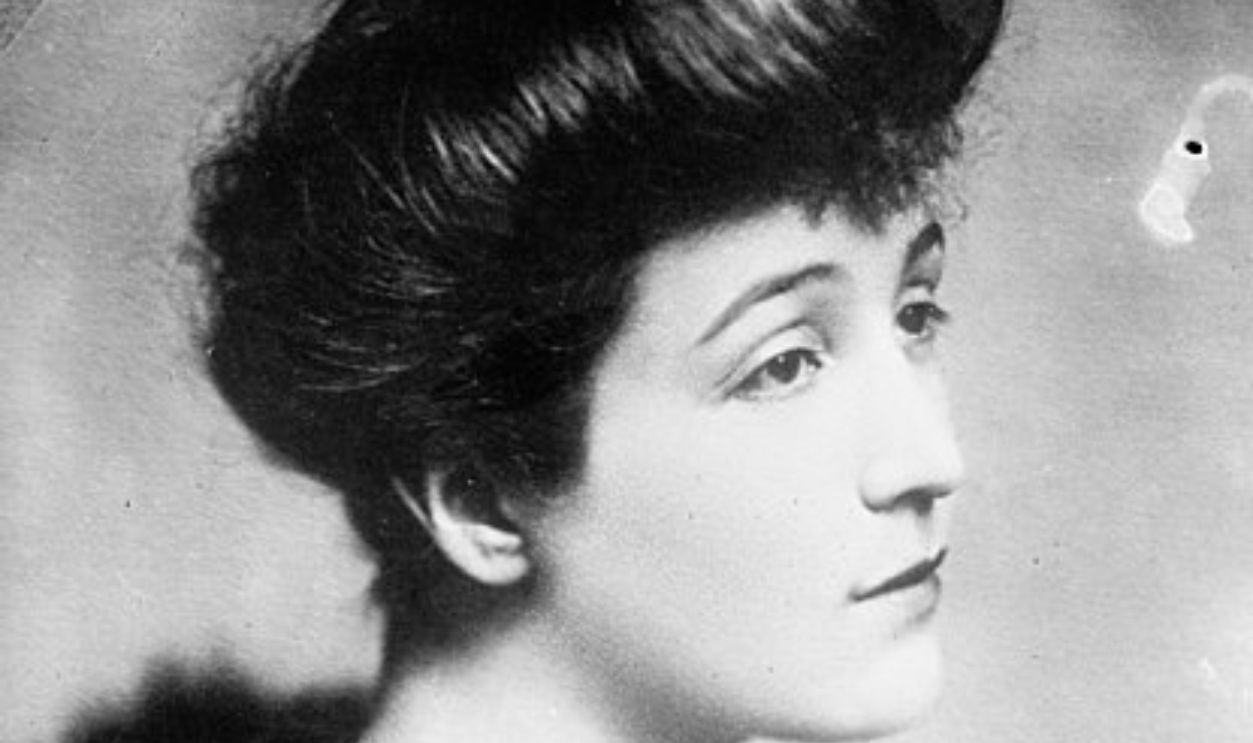 Bain News Service, Wikimedia Commons
Bain News Service, Wikimedia Commons
A Controversial Second Marriage
A few years after his first marriage failed, Astor must have thought, “A handsome, successful man like me should not be alone”. So come 1911, Astor shocked the world by marrying Madeleine Talmage Force, an 18-year-old debutante—a young woman who makes a formal introduction to society.
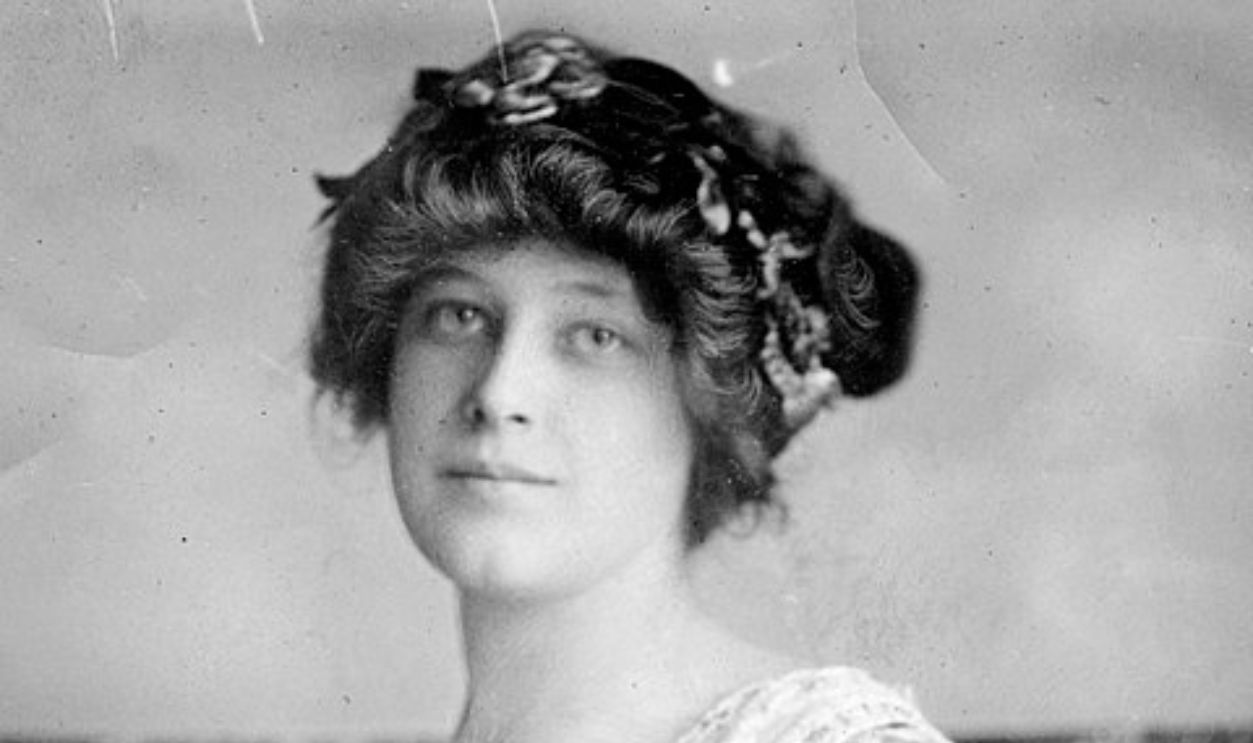 Unknown author, Wikimedia Commons
Unknown author, Wikimedia Commons
Everyone Was Shocked, Why?
The most shocking part was their 29-year age gap. This raised eyebrows, and critics accused Astor of tarnishing his family’s reputation. The couple faced ostracism whenever they were out but remained devoted to each other. In one instance, to escape the scrutiny, the Astors embarked on an extended European honeymoon.
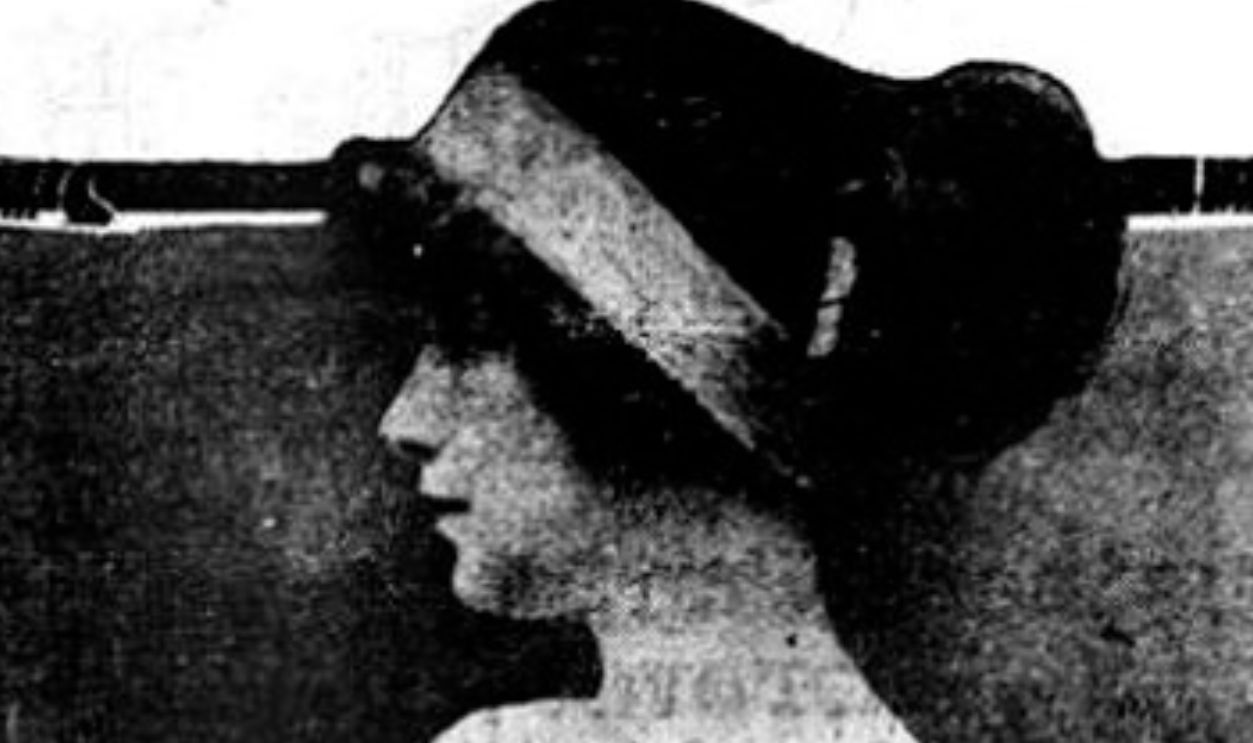 Unknown author, Wikimedia Commons
Unknown author, Wikimedia Commons
The Flowers Were Blooming In Paradise
During their travels, Madeleine became pregnant, and this prompted their decision to return to New York aboard the RMS Titanic. Their love story, though controversial, highlighted Astor’s unwavering commitment to his young wife. That age gap did not bother him. Age is but a number anyway, right?
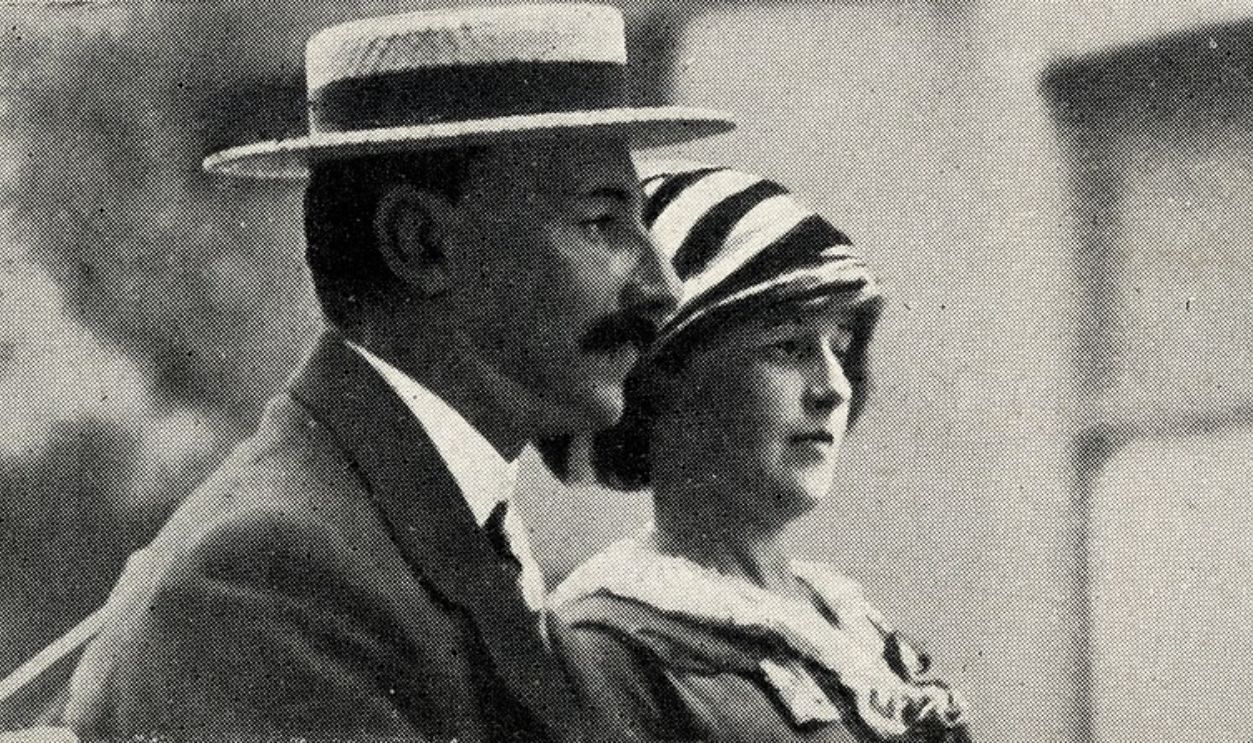 Unknown author, Wikimedia Commons
Unknown author, Wikimedia Commons
Life As A Gilded Age Magnate
If you can take an extended honeymoon and have a few buildings with your name, your lifestyle personifies the excesses of the Gilded Age. Astor swam in it as he hosted lavish parties, owned multiple estates, took any trip he wanted to, and enjoyed the finest luxuries money could buy.
 Miscellaneous Items in High Demand, PPOC, Library of Congress, Wikimedia Commons
Miscellaneous Items in High Demand, PPOC, Library of Congress, Wikimedia Commons
He Was Also A Philanthropist
Even with the lavish life, Astor also used his money for good. He funded scientific research, supported charities, gave to those in need, and invested in groundbreaking technologies. His ability to balance indulgence with innovation made him a standout figure in an era defined by opulence.
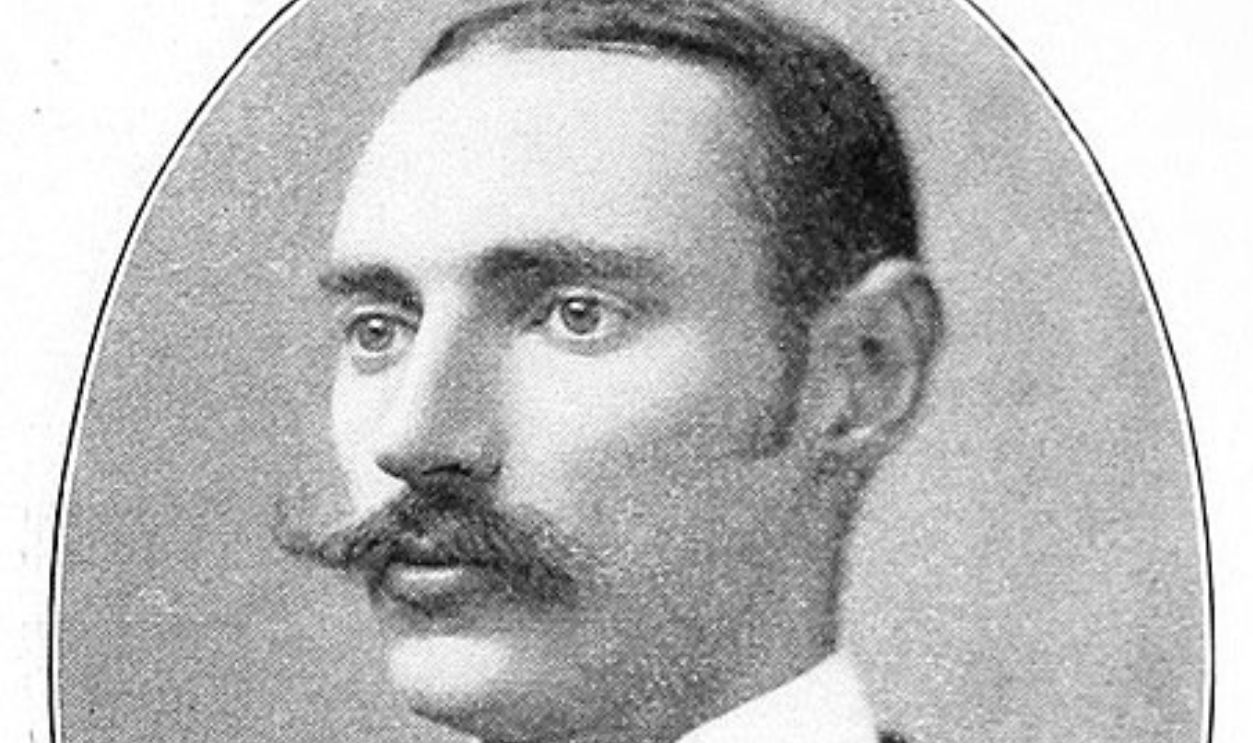 Unknown author, Wikimedia Commons
Unknown author, Wikimedia Commons
Astor’s Philanthropic Contributions
His support for the Metropolitan Museum of Art and the American Museum of Natural History was pivotal in their development. Astor’s financial contributions helped boost New York’s cultural institutions, leaving a legacy of generosity alongside his business empire.
 Irving Underhill, Wikimedia Commons
Irving Underhill, Wikimedia Commons
Aboard The Titanic
Here comes the tea: When the Astors boarded the Titanic in Cherbourg, France, they obviously occupied one of the ship’s most luxurious suites. Their accommodations included private promenades, a personal dining room, and ensuite rooms with custom furnishings. Walking in would feel like you are in a ship apartment.
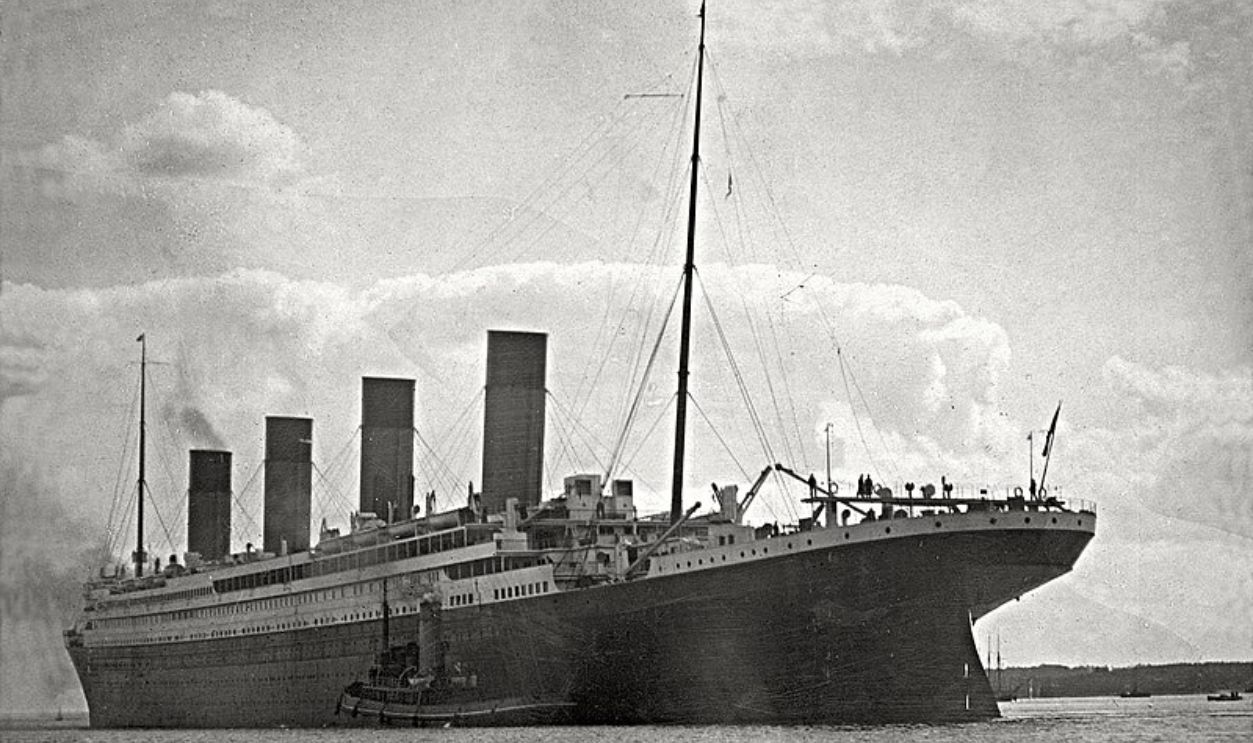 Unknown author, Wikimedia Commons
Unknown author, Wikimedia Commons
The Night Of The Sinking
On the fateful night of April 14, 1912, the Titanic struck the iceberg, and it is purported that Astor maintained his composure. Witnesses described him as calm and collected, focused on ensuring Madeleine’s safety. He helped her into Lifeboat 4 and even retrieved a chair for her comfort. Aww.
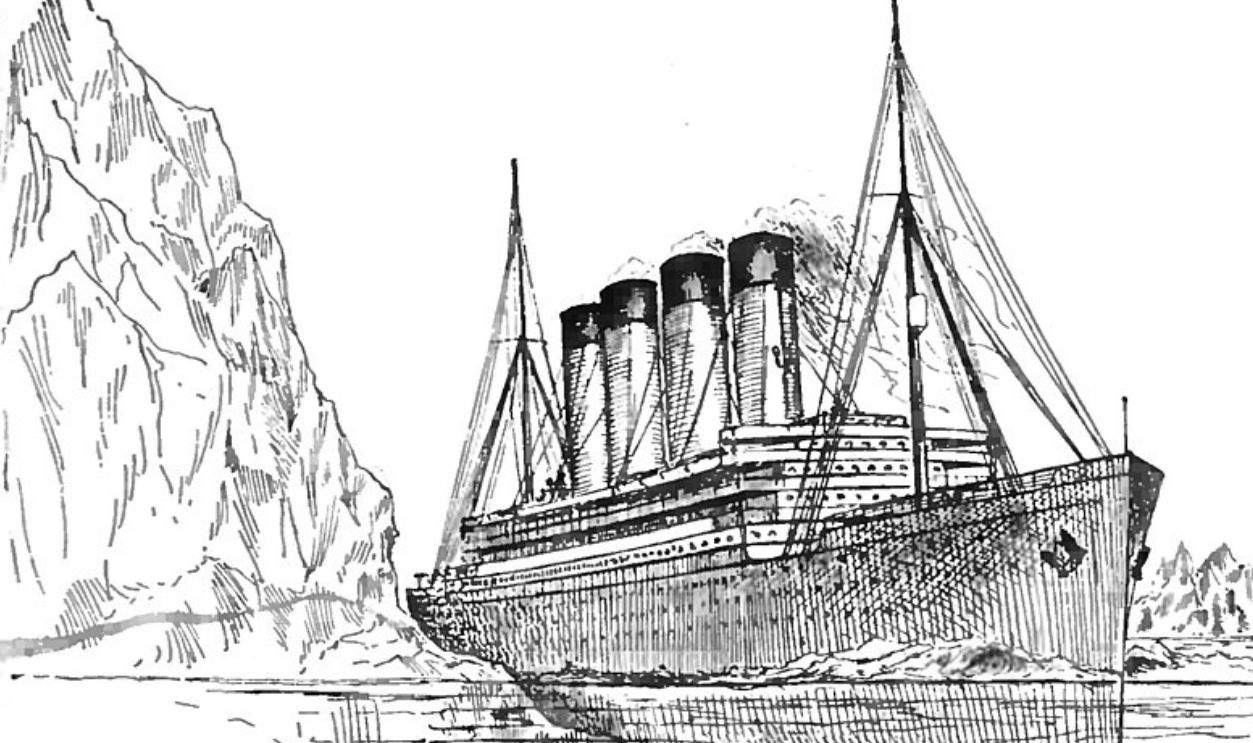 John Bernard Walker, Wikimedia Commons
John Bernard Walker, Wikimedia Commons
A Selfless Man At Heart
As shown in the Titanic movie, women and children had priority in getting off the boat. That is perhaps why Astor secured a seat for his wife so she could head to safety. The rich and arrogant would have taken this space for themselves, but he did not.
 Titanic - Deleted Scene - Guggenheim and Astor by Titanic World
Titanic - Deleted Scene - Guggenheim and Astor by Titanic World
He Also Passes This Selflessness To Others
Astor’s actions that night were marked by selflessness. Despite his wealth and status, he prioritized others, the actual values of a true gentleman. His final moments on the sinking ship testify to his courage and character. He would help others get on a boat, but unfortunately, he never made it.
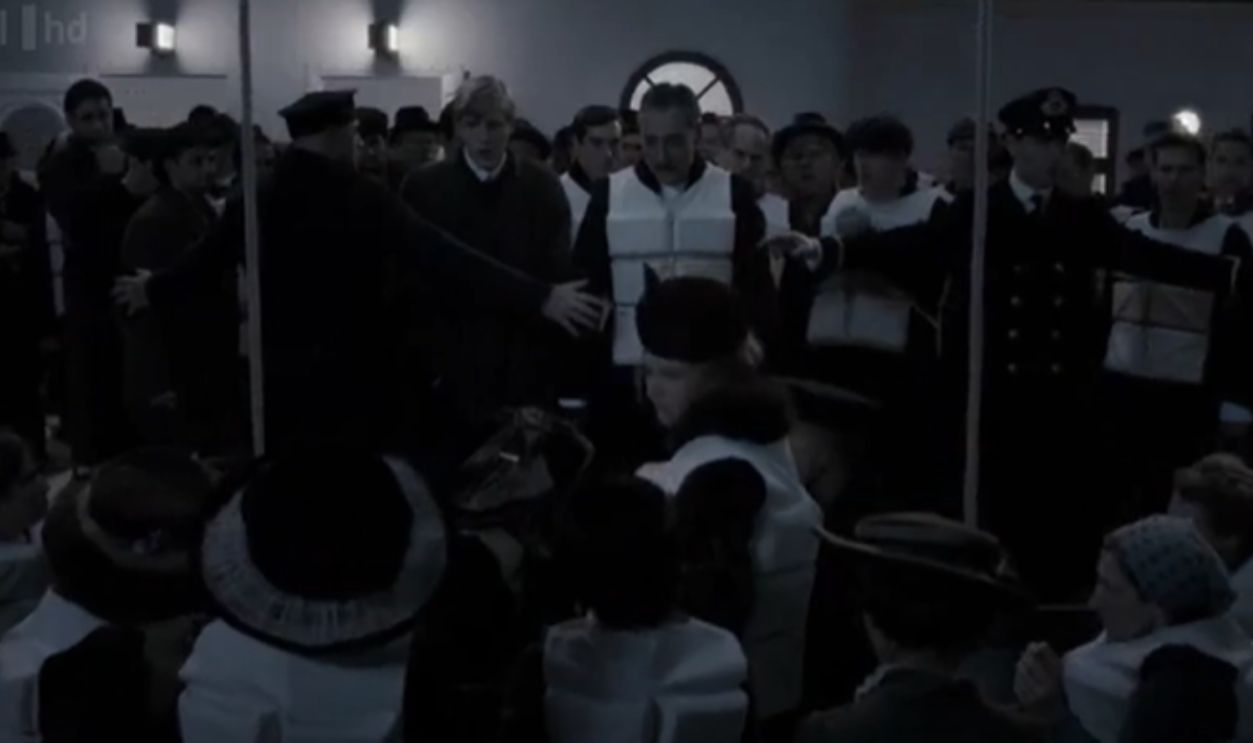 Titanic Tropes: Mrs. Astor Boards Lifeboat (1979-2012) by CaptainJZH
Titanic Tropes: Mrs. Astor Boards Lifeboat (1979-2012) by CaptainJZH
The Sad Aftermath
After the accident and sinking of the ship, the scene was a mess. Numerous bodies of the departed floated the Atlantic among them, Astor. His body was retrieved on April 22, 1912, and identified by personal effects. This also included his monogrammed clothing.
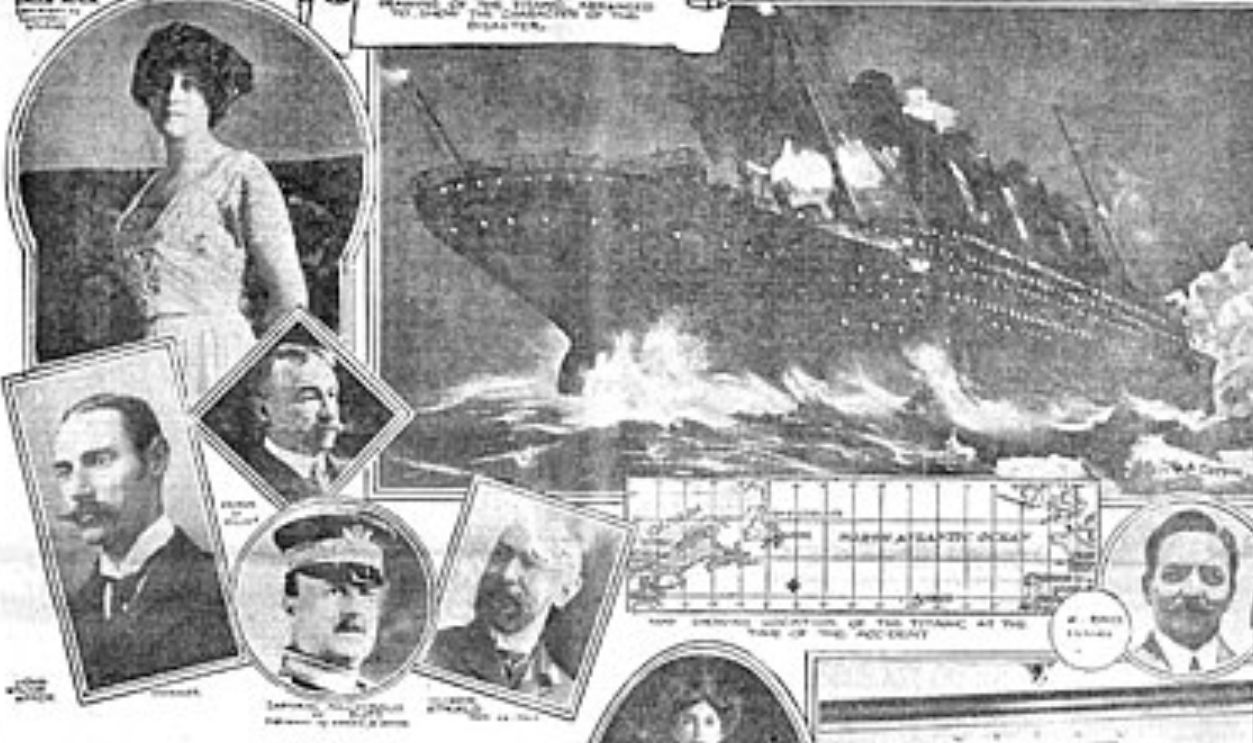 Unknown author, Wikimedia Commons
Unknown author, Wikimedia Commons
He Got A Grand Send Off
His people were devastated by the news, but what has happened has happened. What they could now do was just give him a grand send-off, one that matched the life he lived. So, his funeral was a grand affair, attended by thousands who came to pay their respects.
 Bain News Service, Wikimedia Commons
Bain News Service, Wikimedia Commons
Astor’s Final Resting Place
John Jacob Astor IV is buried in the Trinity Churchyard in New York City, one of the city’s most prestigious cemeteries. The location of his final resting place speaks to his standing in society. The cemetery in the heart of Manhattan is home to several of New York’s elite figures.
 There's Another Trinity Church Cemetery? by Trinity Church NYC
There's Another Trinity Church Cemetery? by Trinity Church NYC
Who He Left Behind
When John Jacob Astor IV perished on the Titanic, he left behind a grieving family, including his pregnant wife, Madeleine. Just a few months after the tragedy, she gave birth to their firstborn son, John Jacob Astor VI, who was often referred to as the “Titanic Baby”.
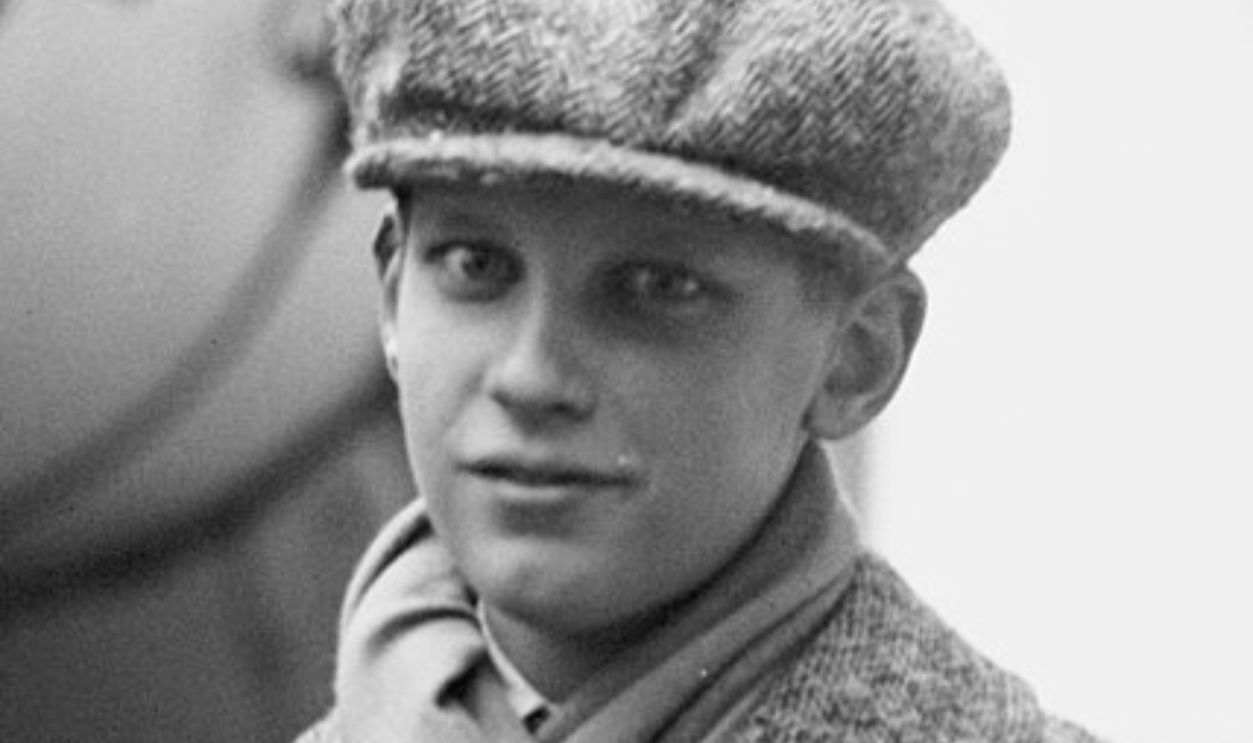 Bain News Service, Wikimedia Commons
Bain News Service, Wikimedia Commons
There Are More
Astor also left behind his two children from his first marriage to Ava Lowle Willing: Vincent Astor and Ava Alice Muriel Astor, his only daughter. Vincent inherited most of Astor’s estate and was responsible for managing the family’s vast fortune, while Ava pursued a life of philanthropy and art.
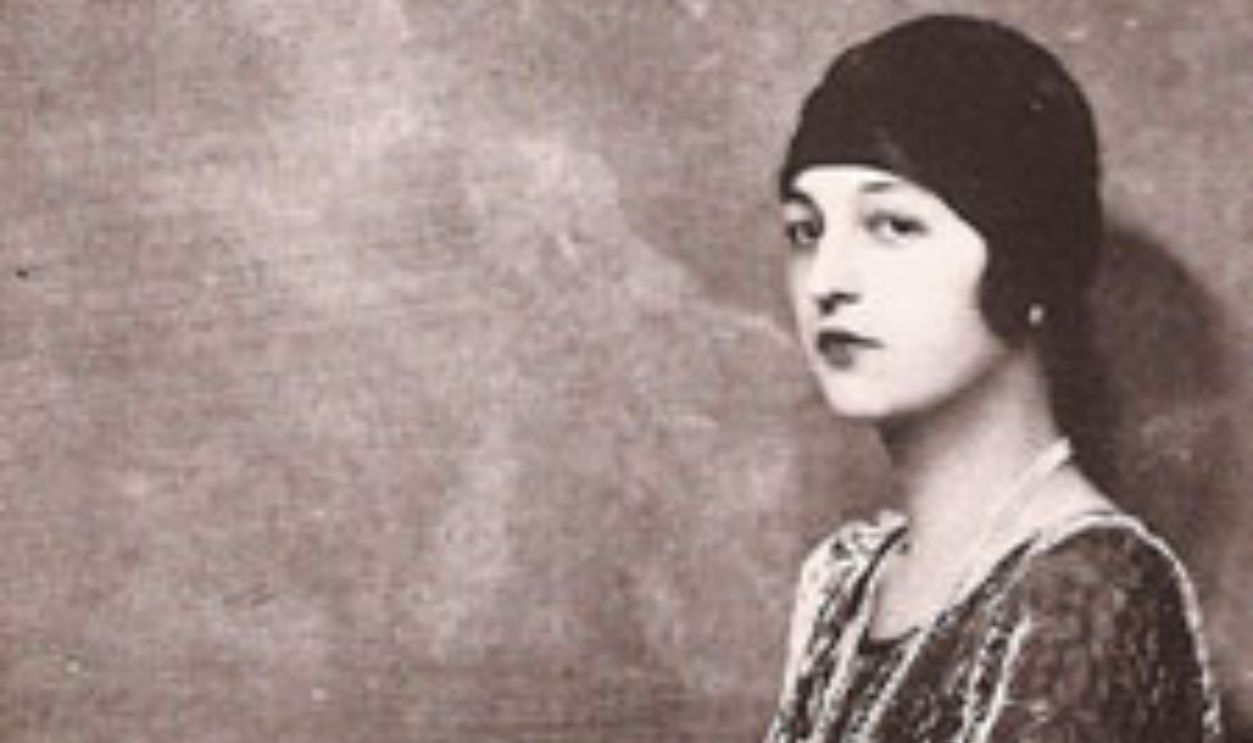 nysocialdiary.com, Wikimedia Commons
nysocialdiary.com, Wikimedia Commons
A Tragic Romantic Saga
Astor’s second marriage to Madeleine was controversial for its age difference but was filled with genuine affection. Their love story, filled with passion, conflict, and public scrutiny, ended tragically on the night of the Titanic’s sinking. Their romance, though short, left an indelible mark on history.
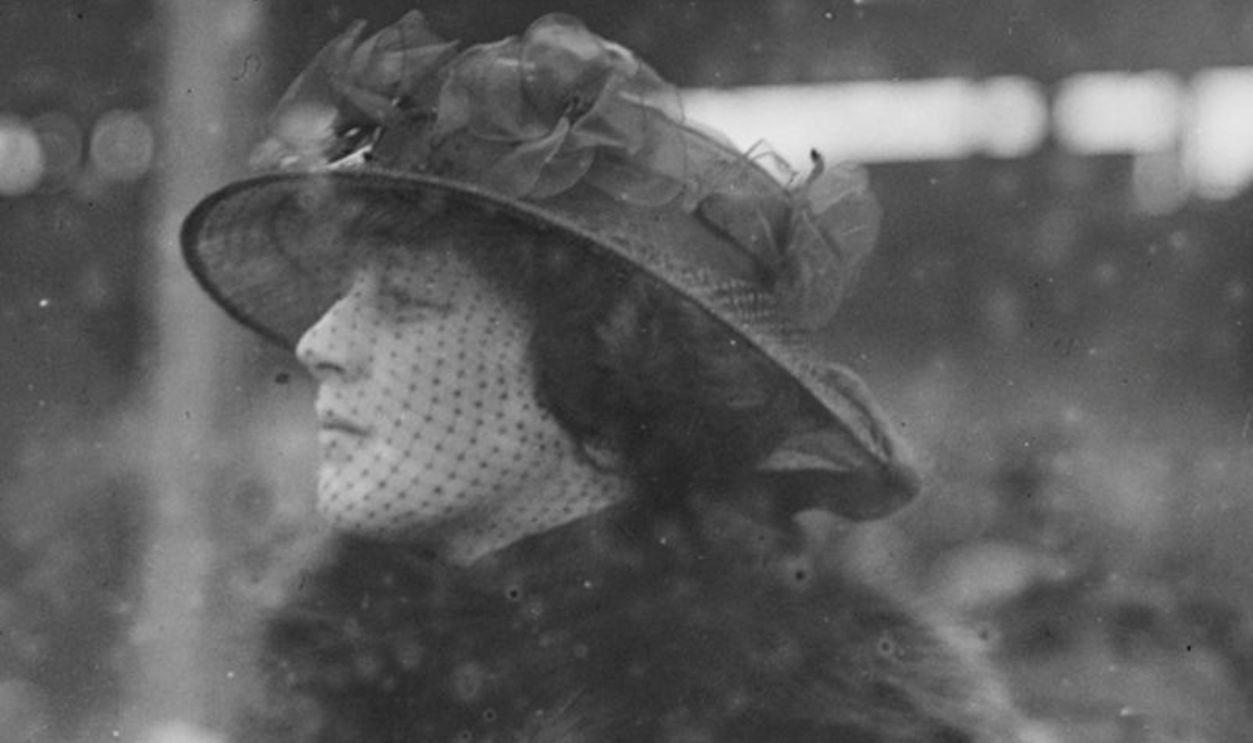 Unknown author, Wikimedia Commons
Unknown author, Wikimedia Commons
He Left A Void Everywhere
His departure left a void, first in his family and second in the world of business and philanthropy. The tragedy of his passing underscored the vulnerability of even the most influential individuals. People like Astor in history remain a symbol of both privilege and humanity.
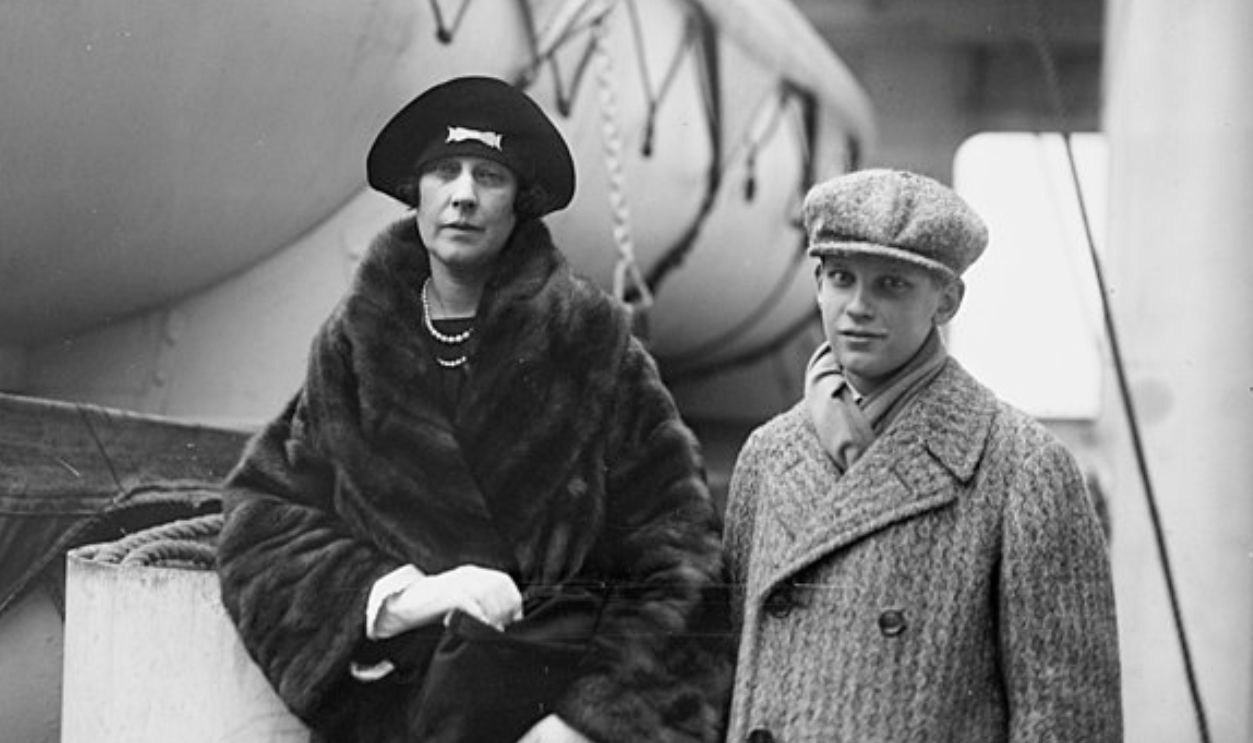 Bain News Service, Wikimedia Commons
Bain News Service, Wikimedia Commons
The Rise Of His Heir
Astor’s son, Vincent Astor, inherited his father’s fortune and business empire. Despite being a child when his father perished on the Titanic, Vincent would become a significant philanthropist and real estate mogul. The best part is that Vincent’s legacy mirrored his father’s ambition with a different approach.
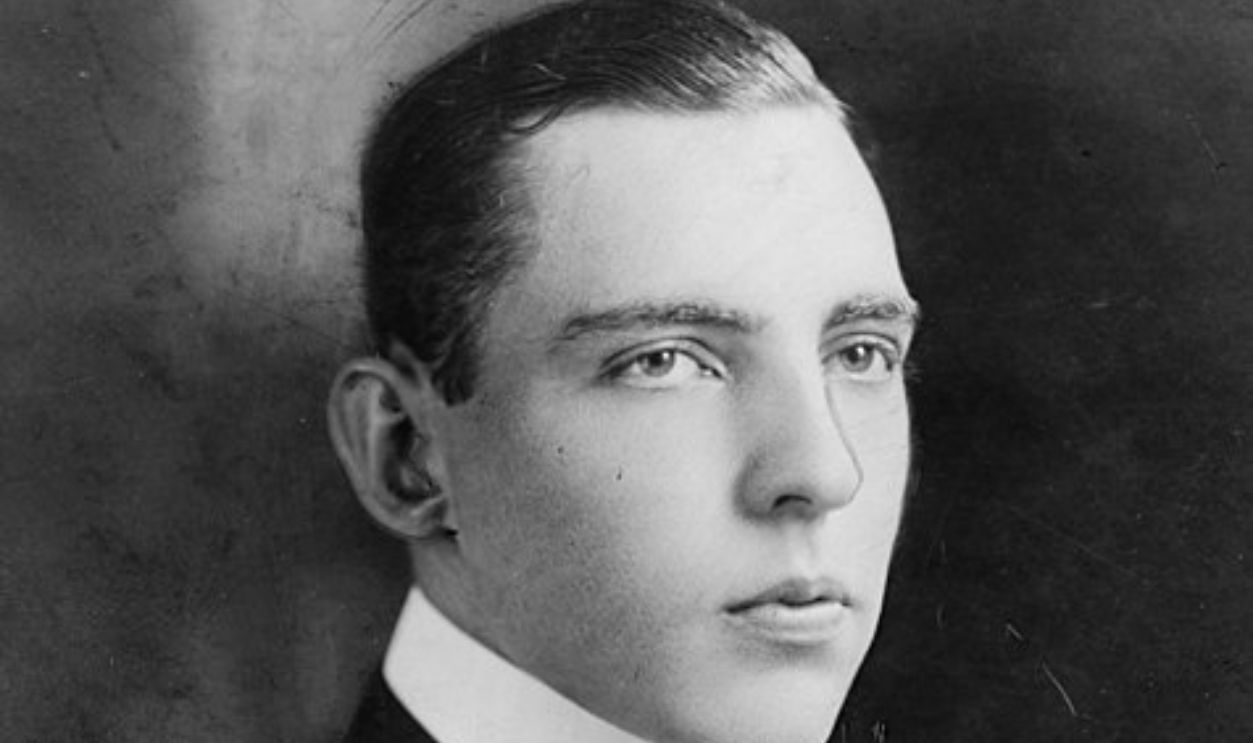 Miscellaneous Items in High Demand, PPOC, Library of Congress, Wikimedia Commons
Miscellaneous Items in High Demand, PPOC, Library of Congress, Wikimedia Commons
Madeleine After the Tragedy
After her husband departed, Madeleine faced life as a widow with a newborn son, John Jacob Astor VI. In her grief, the young widow took solace in raising her son and eventually remarried in 1916 to businessman and aviator Colonel R.M. Stuyvesant.
 Unknown author, Wikimedia Commons
Unknown author, Wikimedia Commons
The Gilded Age’s End And Astor’s Role
Astor’s wealth and lifestyle were products of the Gilded Age, a period of immense growth and excess. As the age came to a close, many of the old aristocratic families, including the Astors, faced challenges from a rising new economic order. Things were changing for sure.
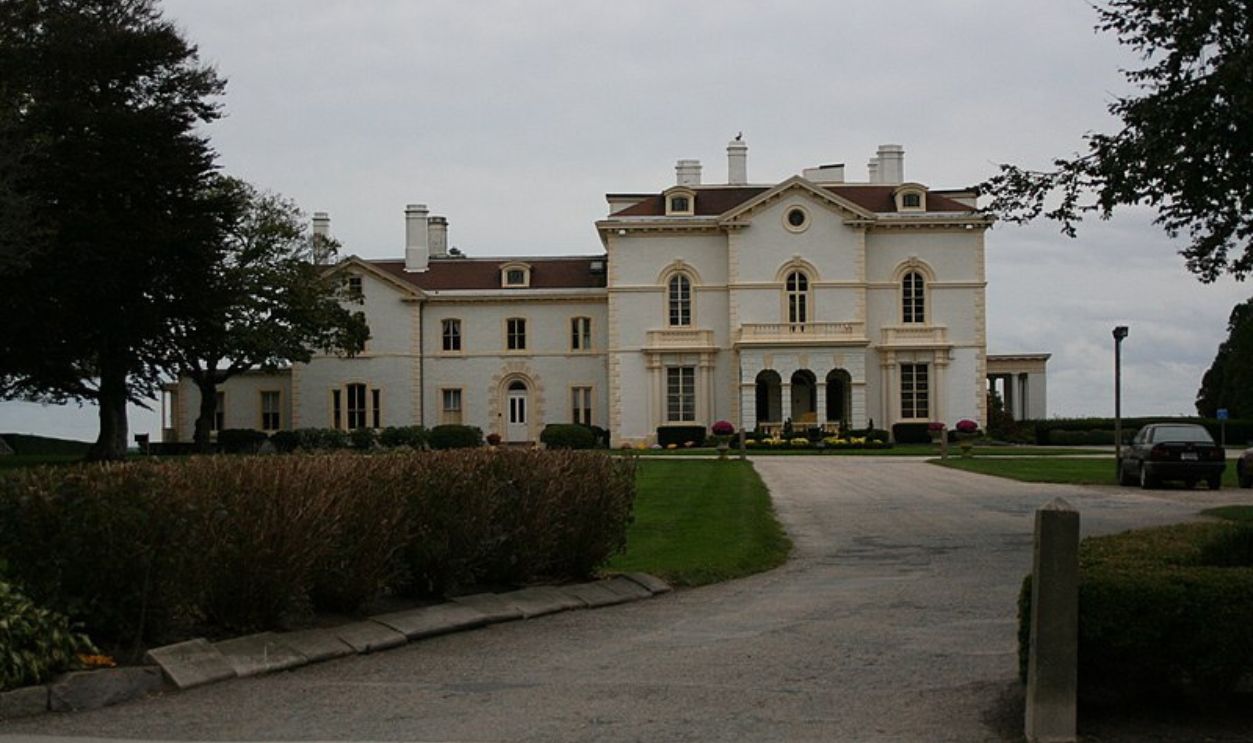 Bear Golden Retriever from auburn,ny, usa, CC BY 2.0, Wikimedia Commons
Bear Golden Retriever from auburn,ny, usa, CC BY 2.0, Wikimedia Commons
If Astor Did It, They Could Too
You have to note that Astor’s incredible ability to adapt and expand his empire helped cement his position as a key player in the change from the Gilded Age to the Progressive Era. His business savvy and keen sense of timing made him significant. So, if he did it, they could, too.
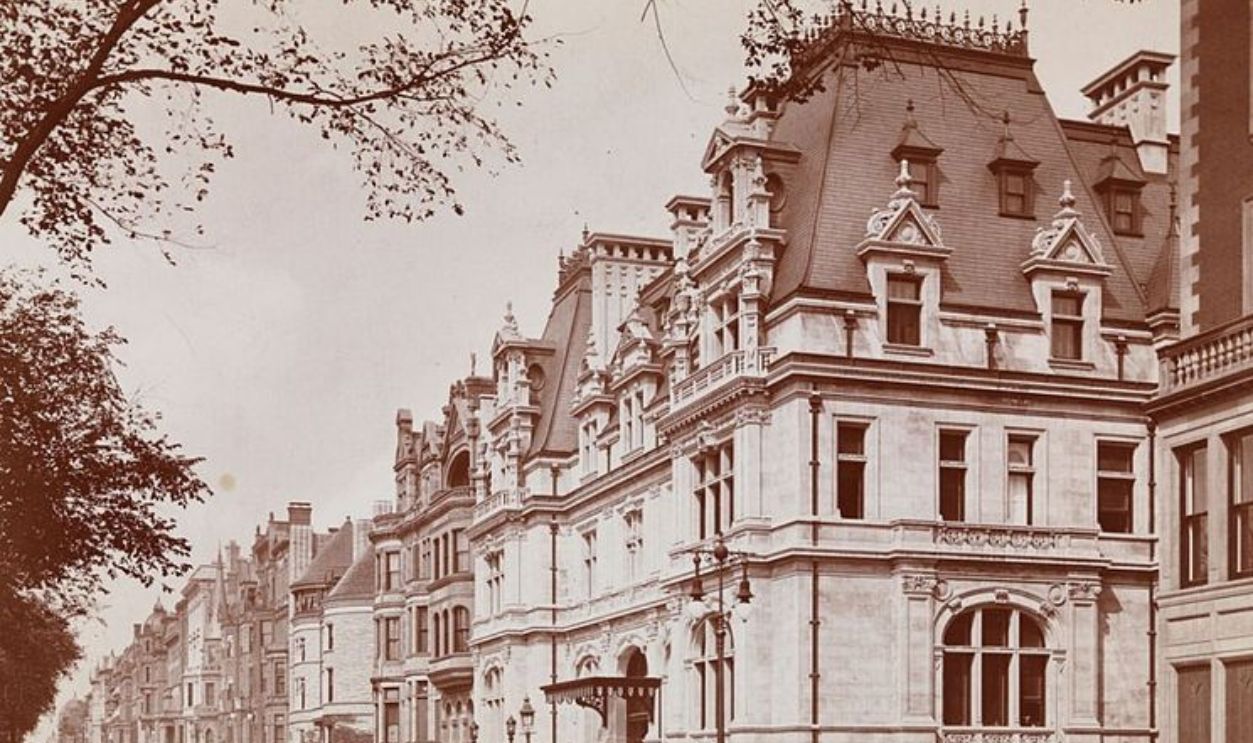 Unknown author, Wikimedia Commons
Unknown author, Wikimedia Commons
The Astor Family’s Enduring Legacy
So, despite Astor IV’s untimely departure, the family’s influence did not end with him. His heirs continued to shape New York and American society, with his grandchildren carrying forward his legacy in real estate, arts, and philanthropy. Astor’s name remains associated with wealth and luxury: A story transcending time.
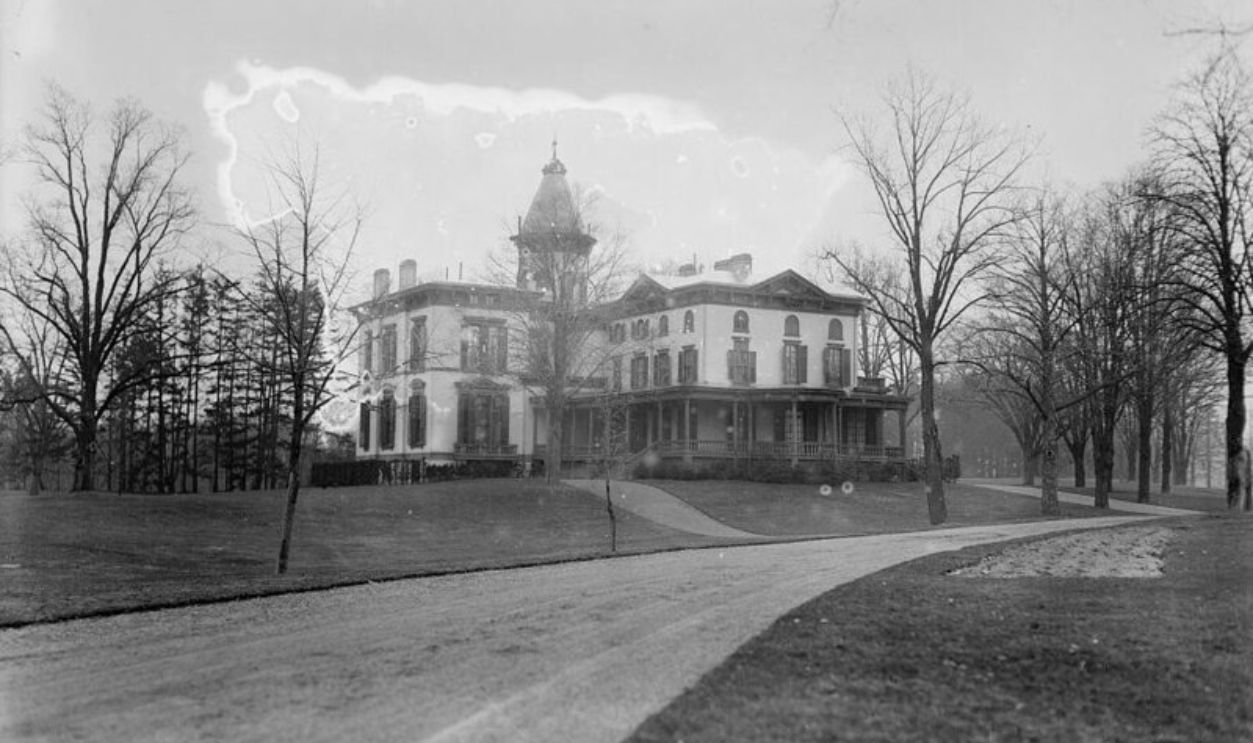 Library of Congress, Wikimedia Commons
Library of Congress, Wikimedia Commons
The Astor Fortune’s Posthumous Struggles
John Jacob Astor IV’s estate was swimming in legal battles following his death. His will and estate distribution became a subject of much contention within the family. Madeleine, his poor, grieving widow, faced resistance from family members regarding the management of his substantial fortune. Why?
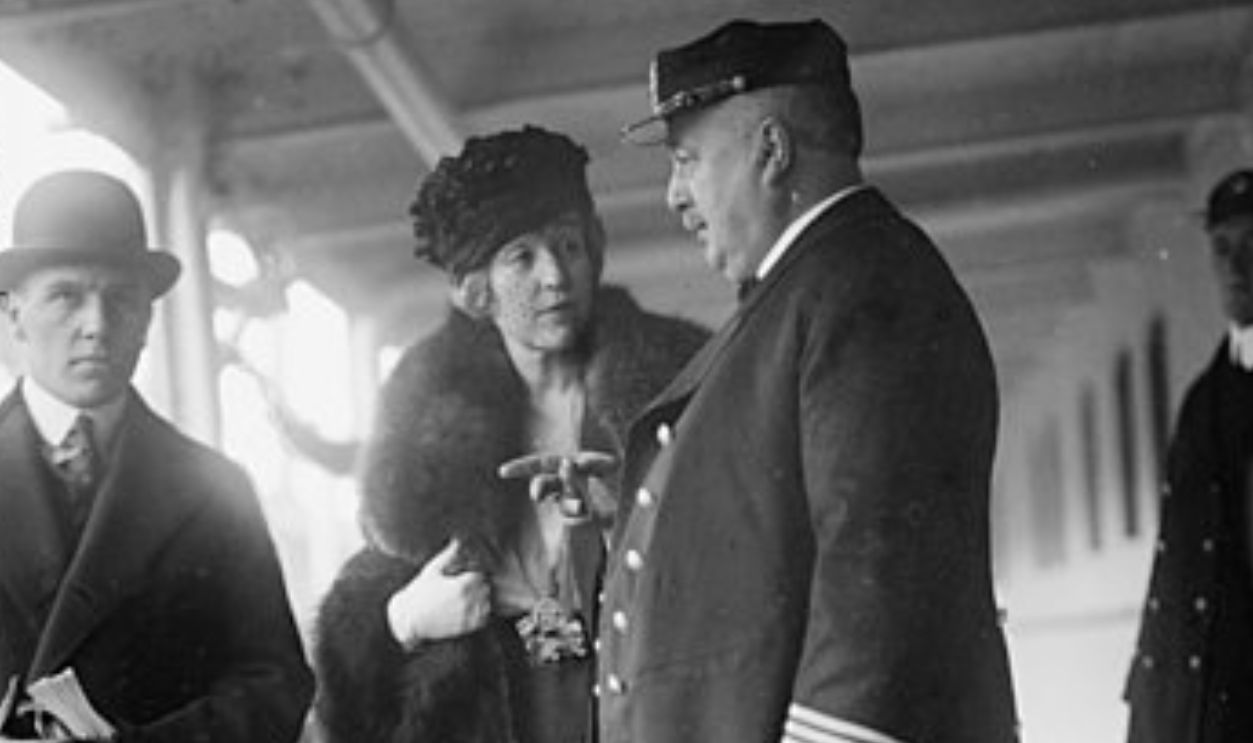 Bain News Service, Wikimedia Commons
Bain News Service, Wikimedia Commons
Because They Wanted It All For Themselves
These extended processes of probate disputes had various family members vying for control of his properties and assets. His passing marked a personal loss for his family but also a shift in how fortunes were inherited in the age of the nouveau riche.
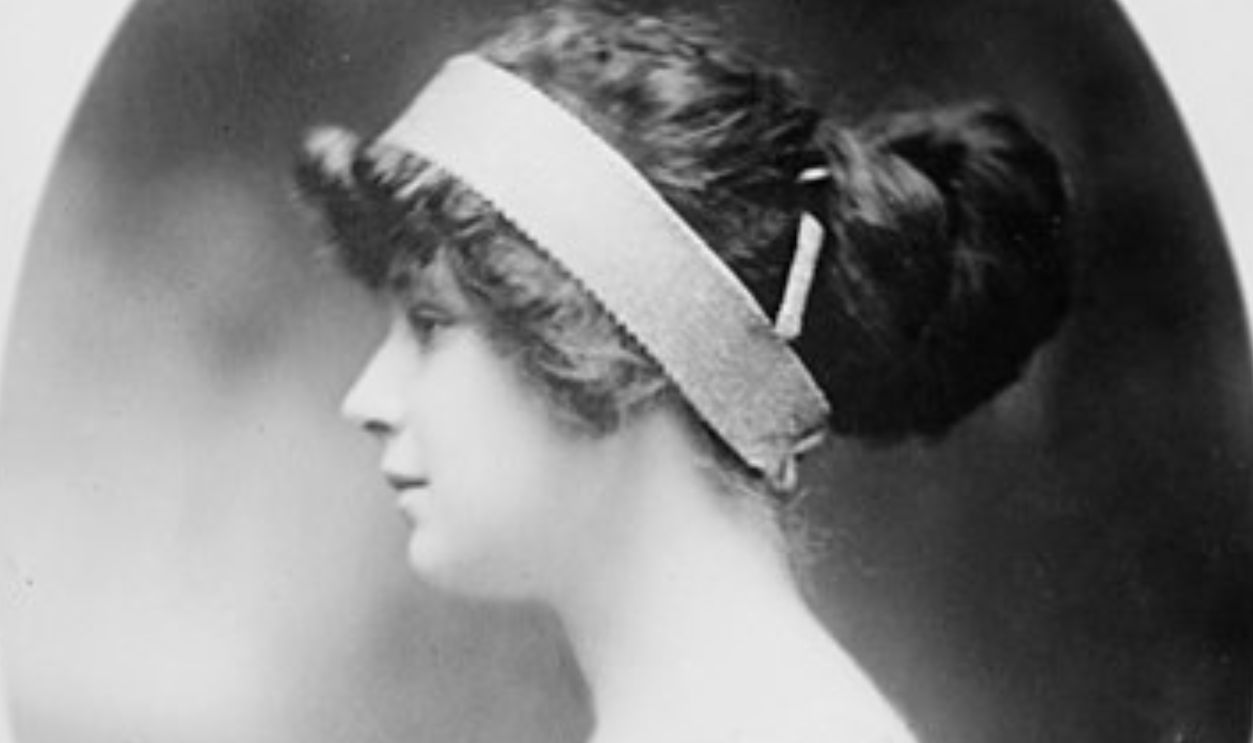 Bain News Service, Wikimedia Commons
Bain News Service, Wikimedia Commons
A Monument To Remember Astor
In 1913, a memorial was erected in honor of John Jacob Astor IV. This was to mark his contribution to New York and his tragic end. The monument is a tribute to his larger-than-life persona, located at St. Thomas Church in New York.
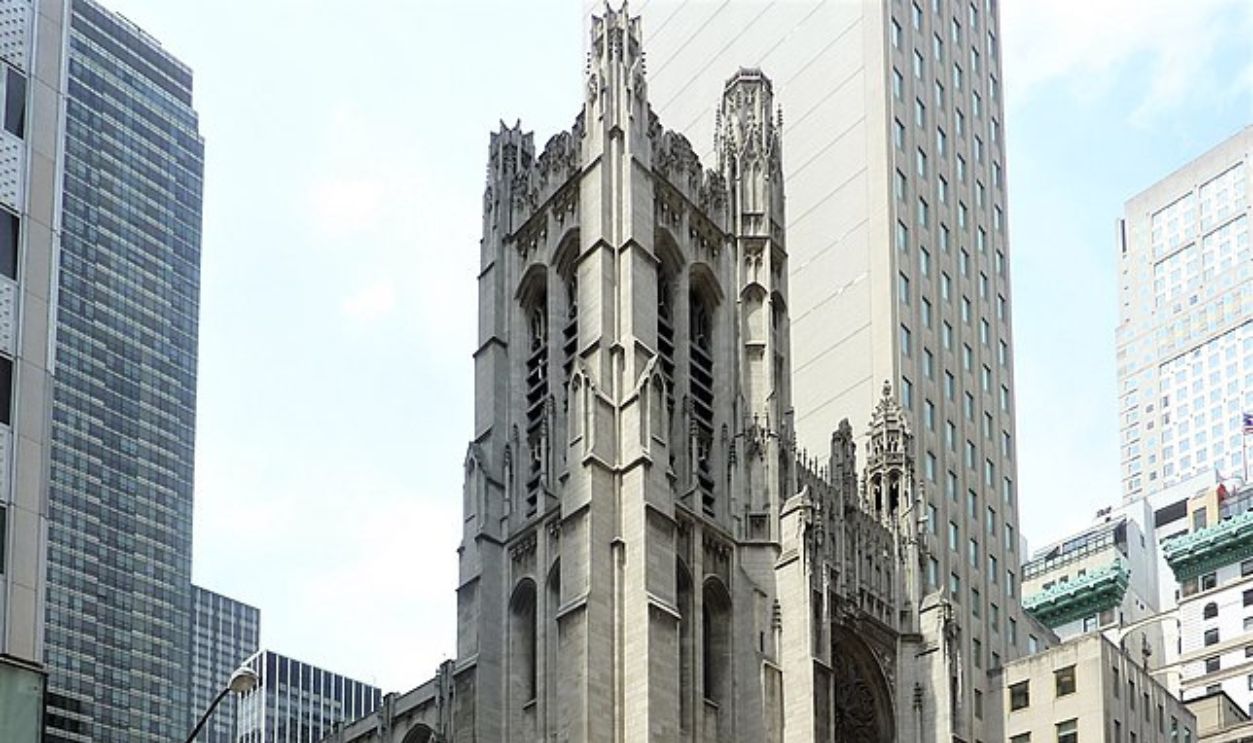 Chris06, CC0, Wikimedia Commons
Chris06, CC0, Wikimedia Commons
A Lasting Legacy
John Jacob Astor IV’s life was a chaotic and beautiful mix of ambition, adventure, curiosity, love, and tragedy. From his innovations to his role in the Titanic disaster, his story continues to enthrall historians and enthusiasts alike. Reading about his life has always been impressive, to say the least.
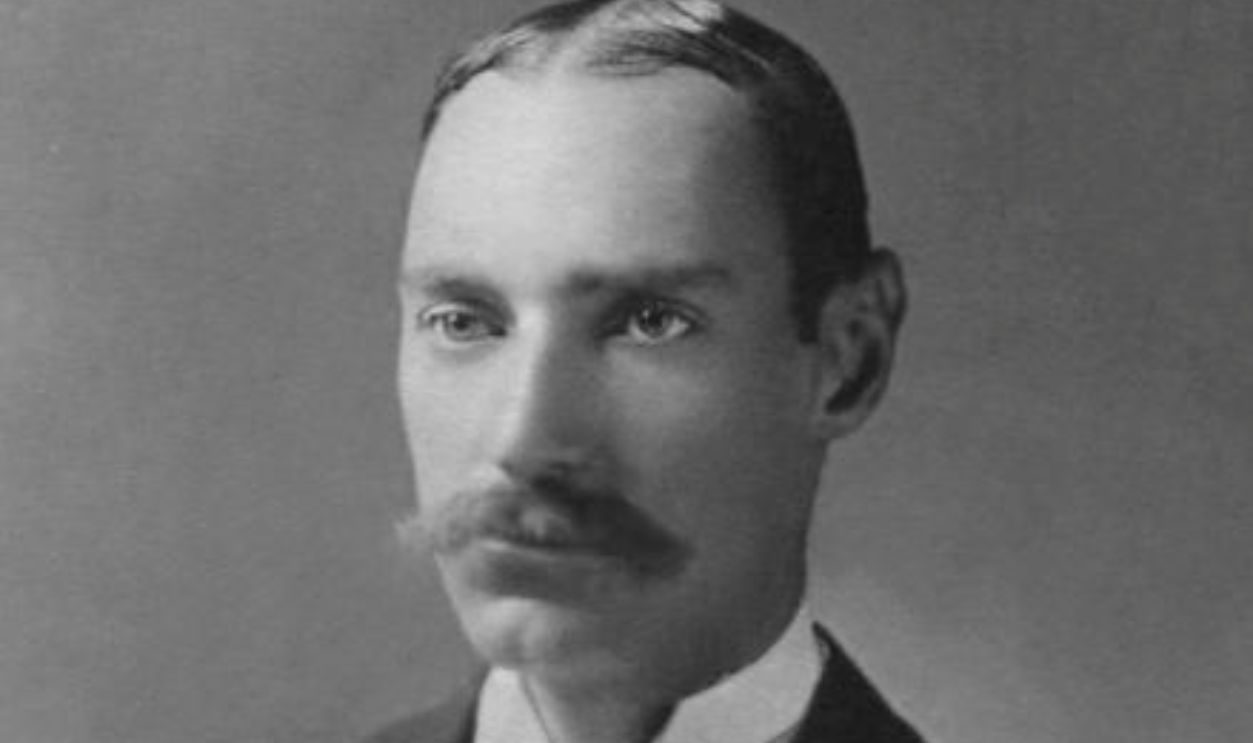 Unknown author, Wikimedia Commons
Unknown author, Wikimedia Commons





